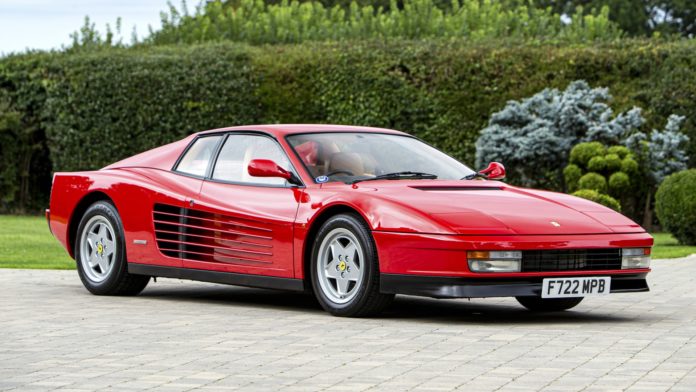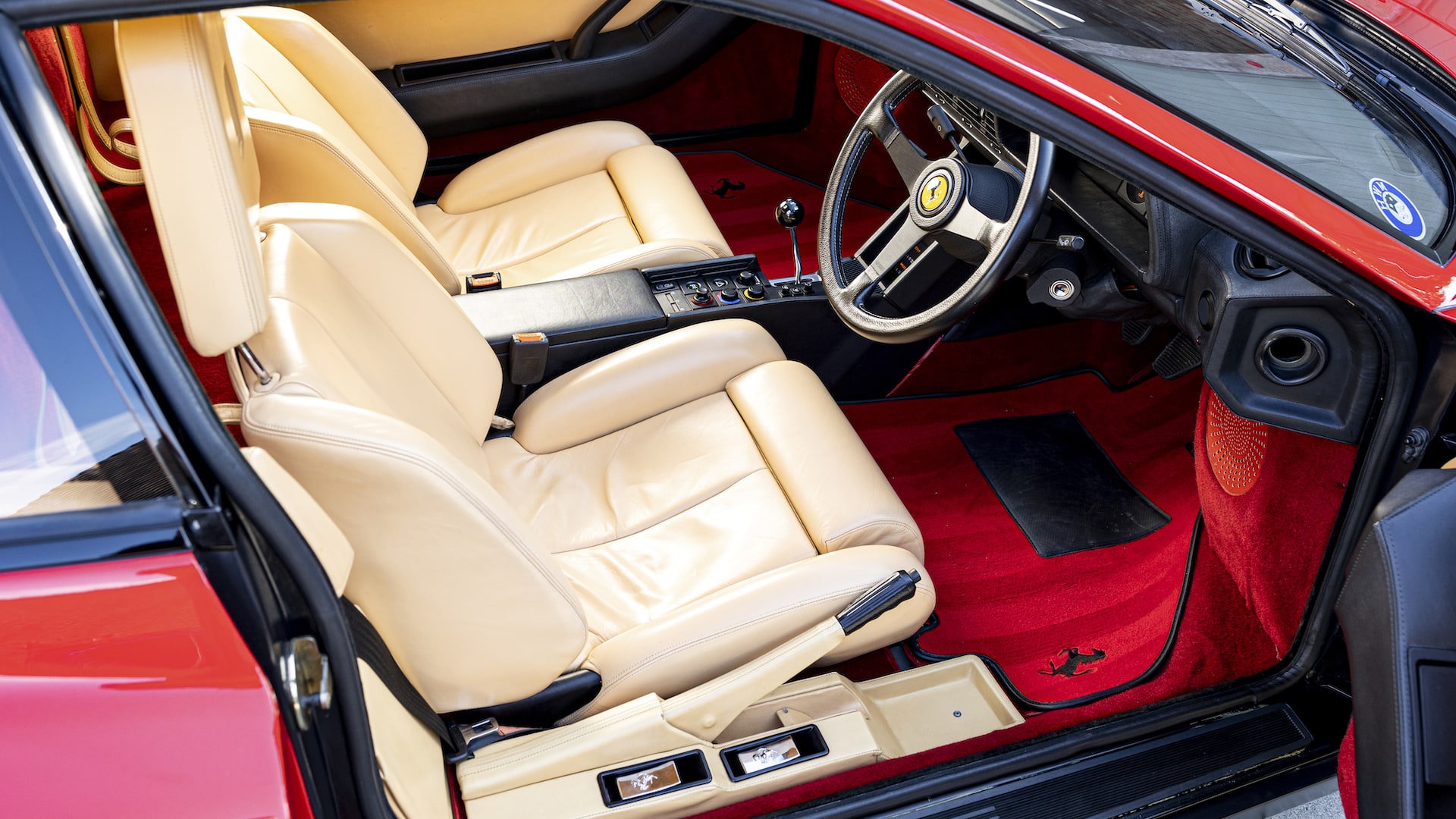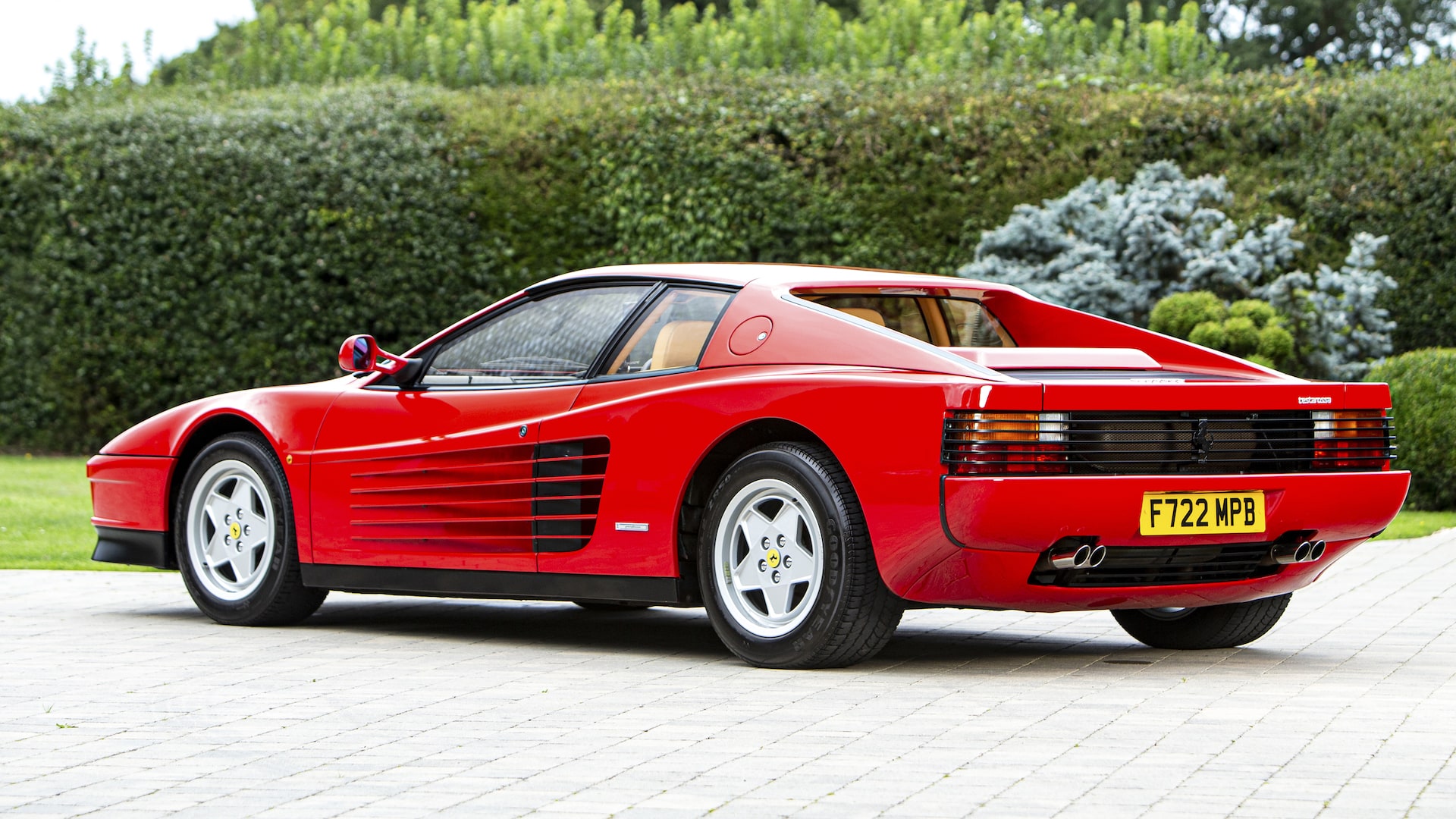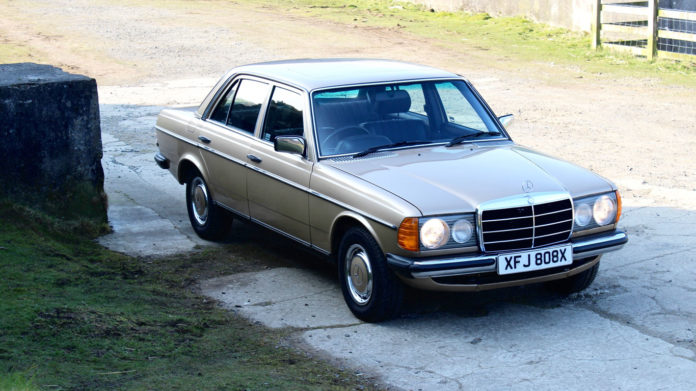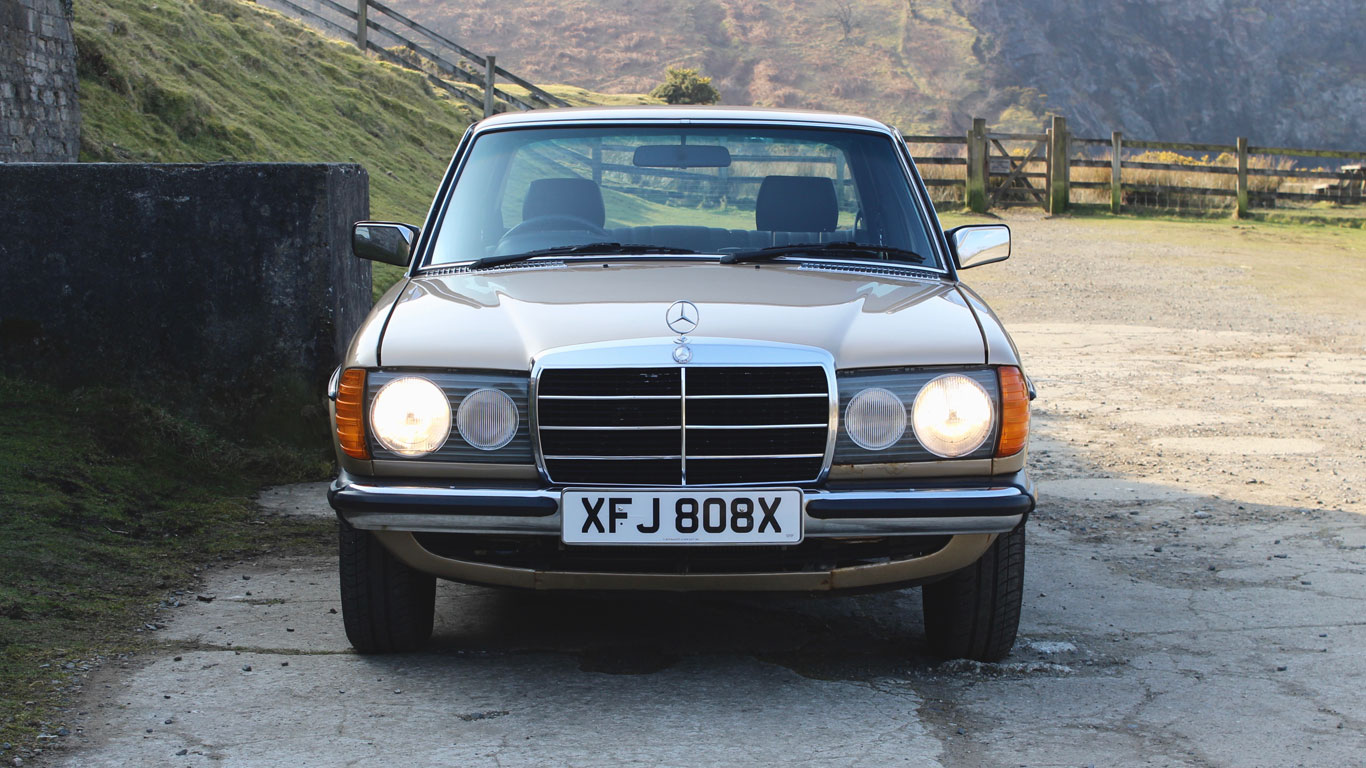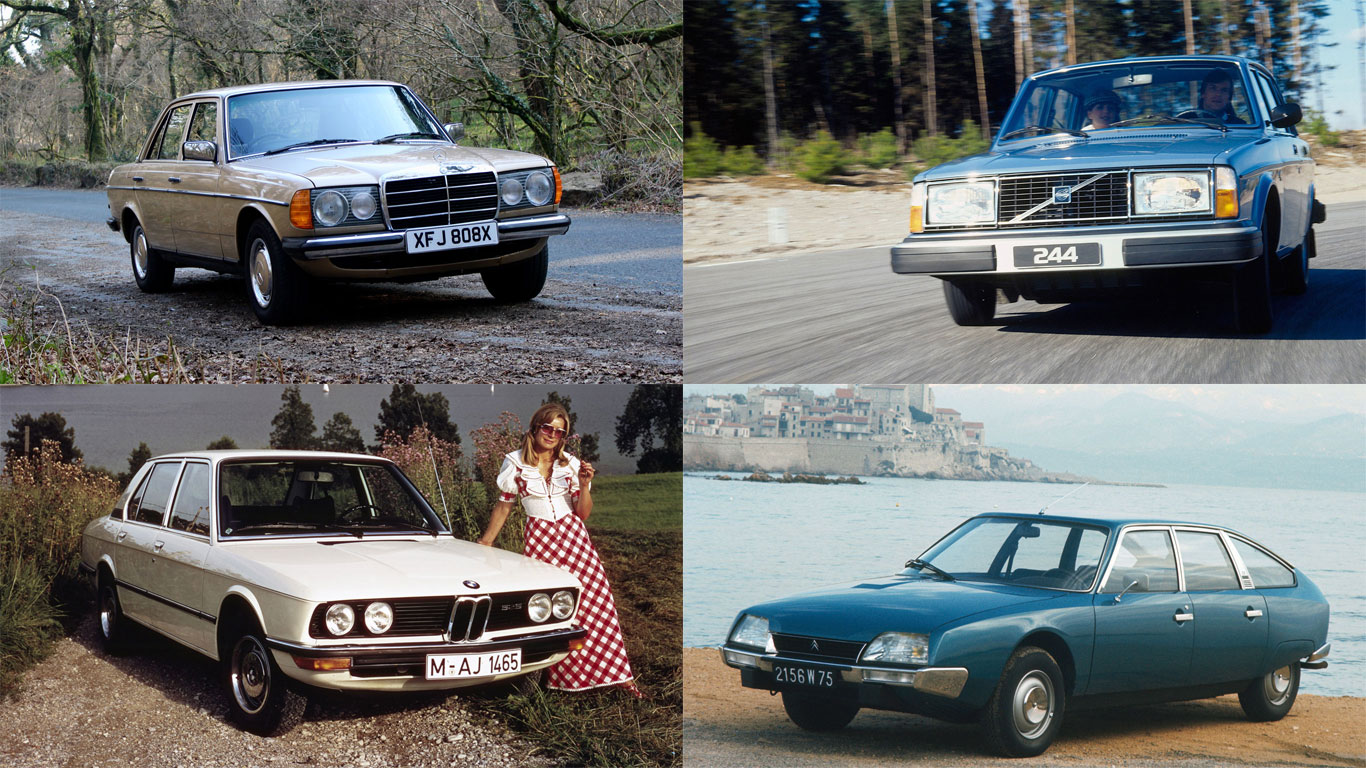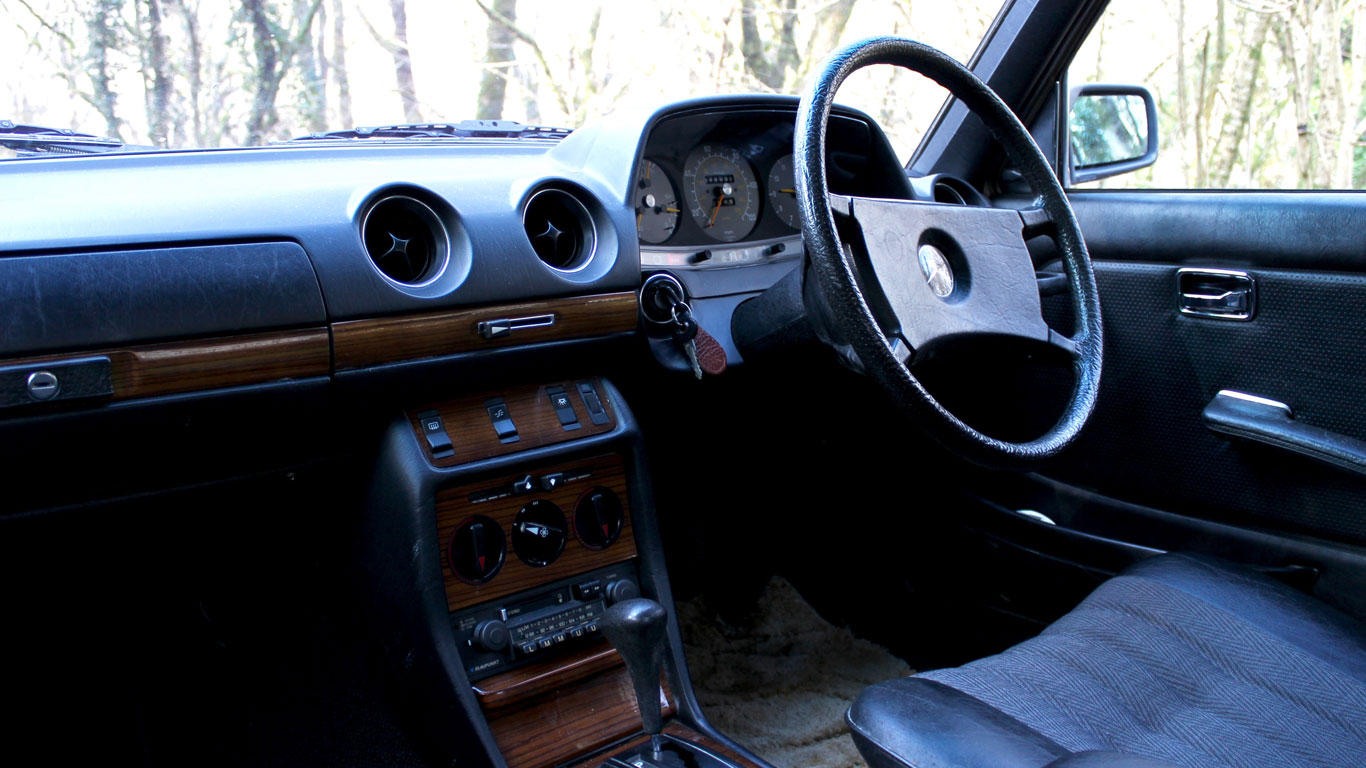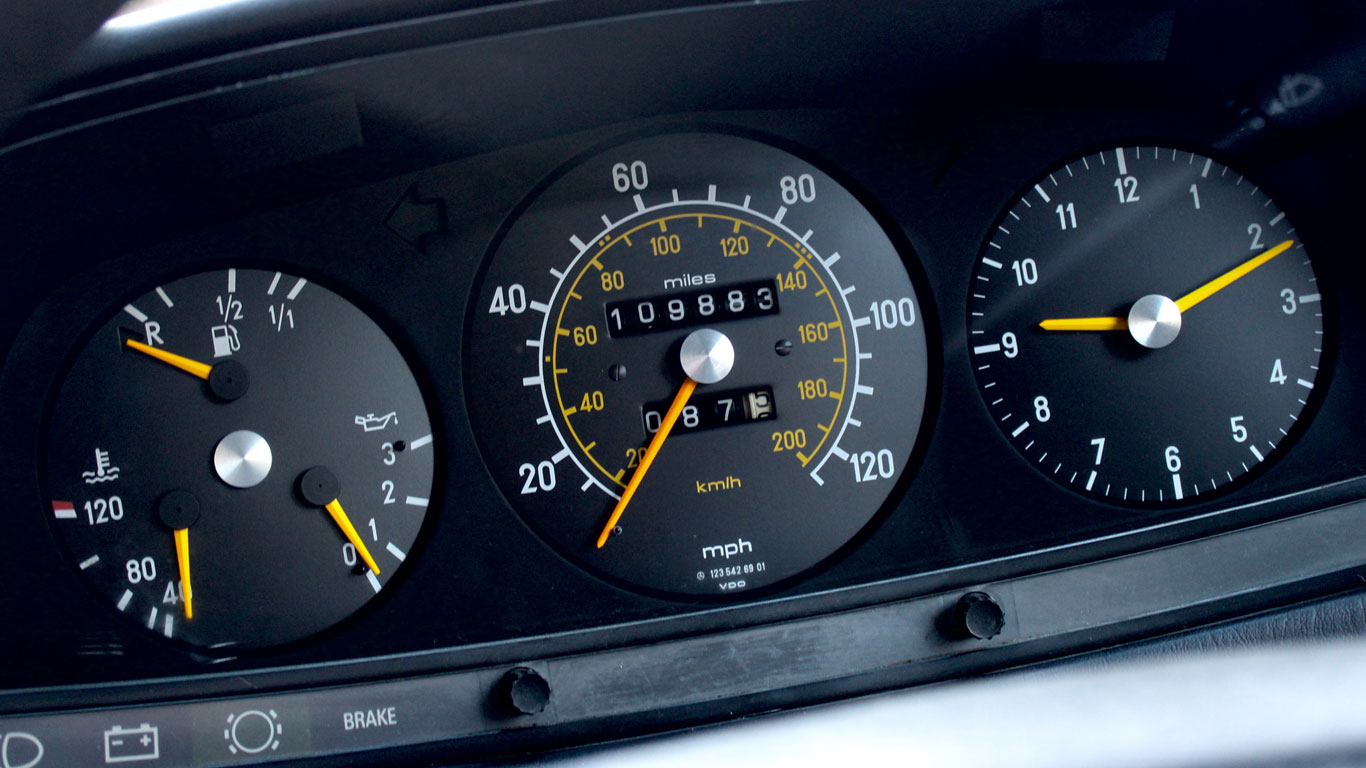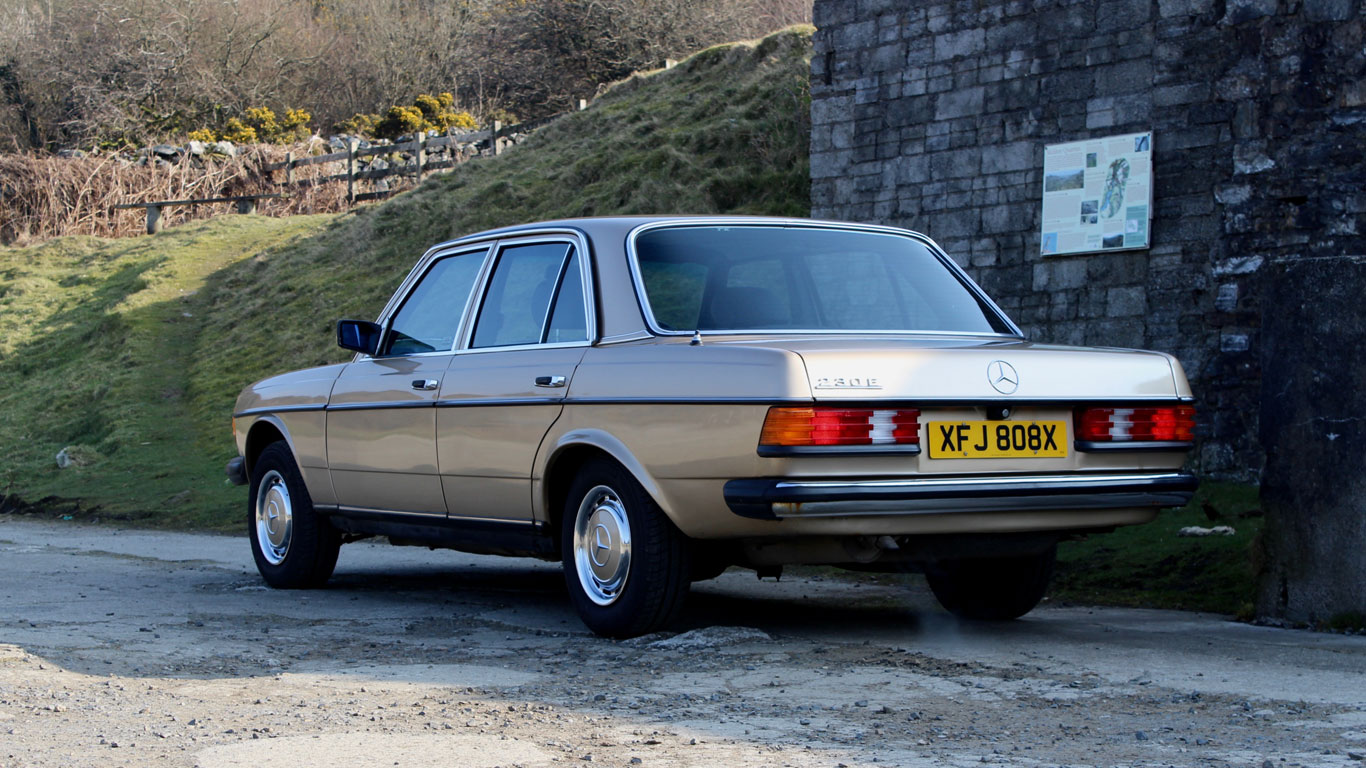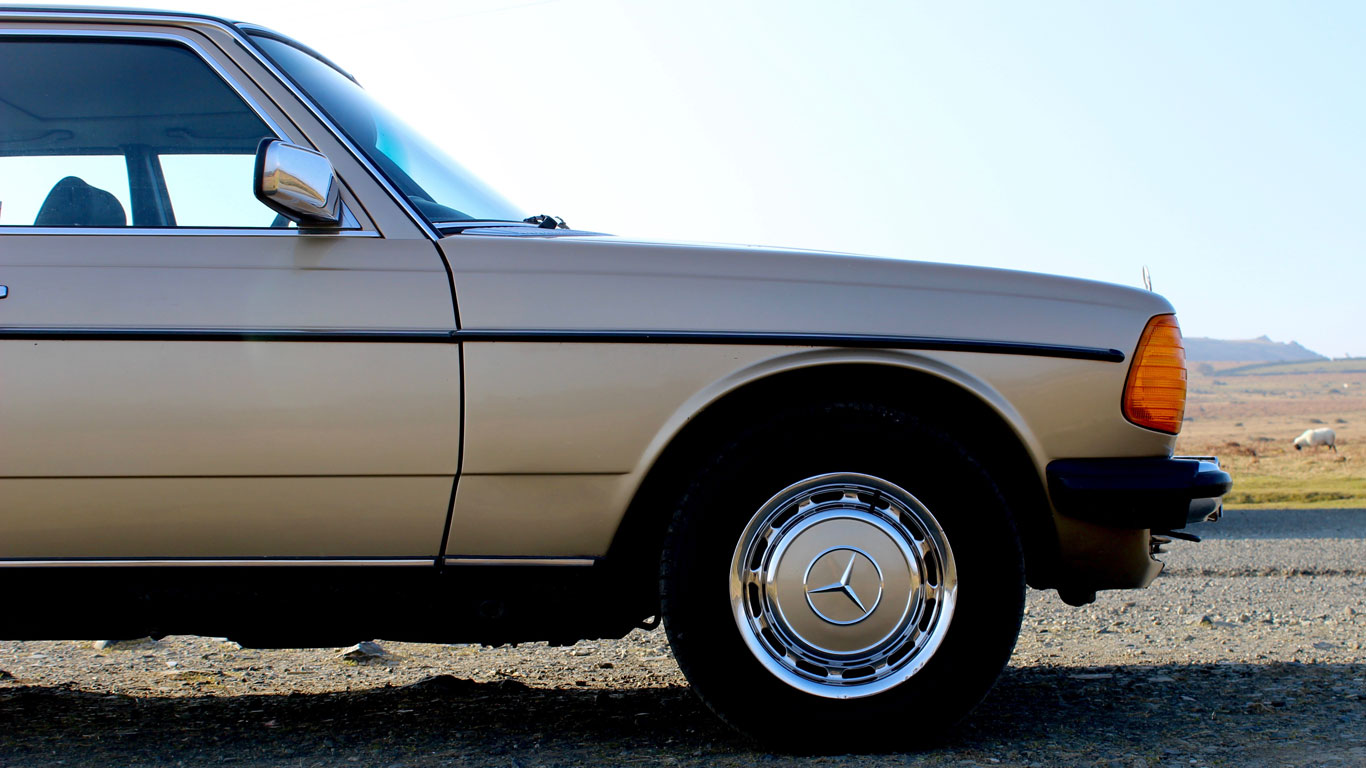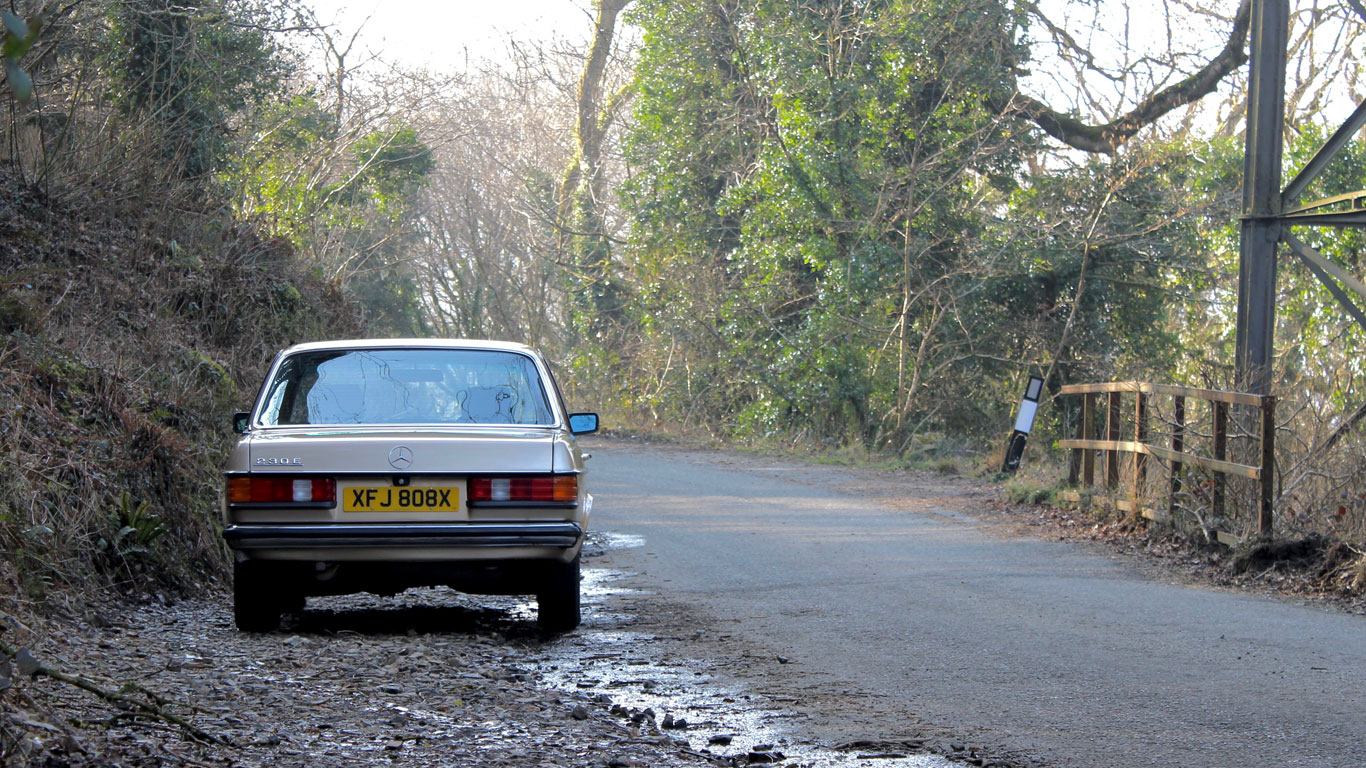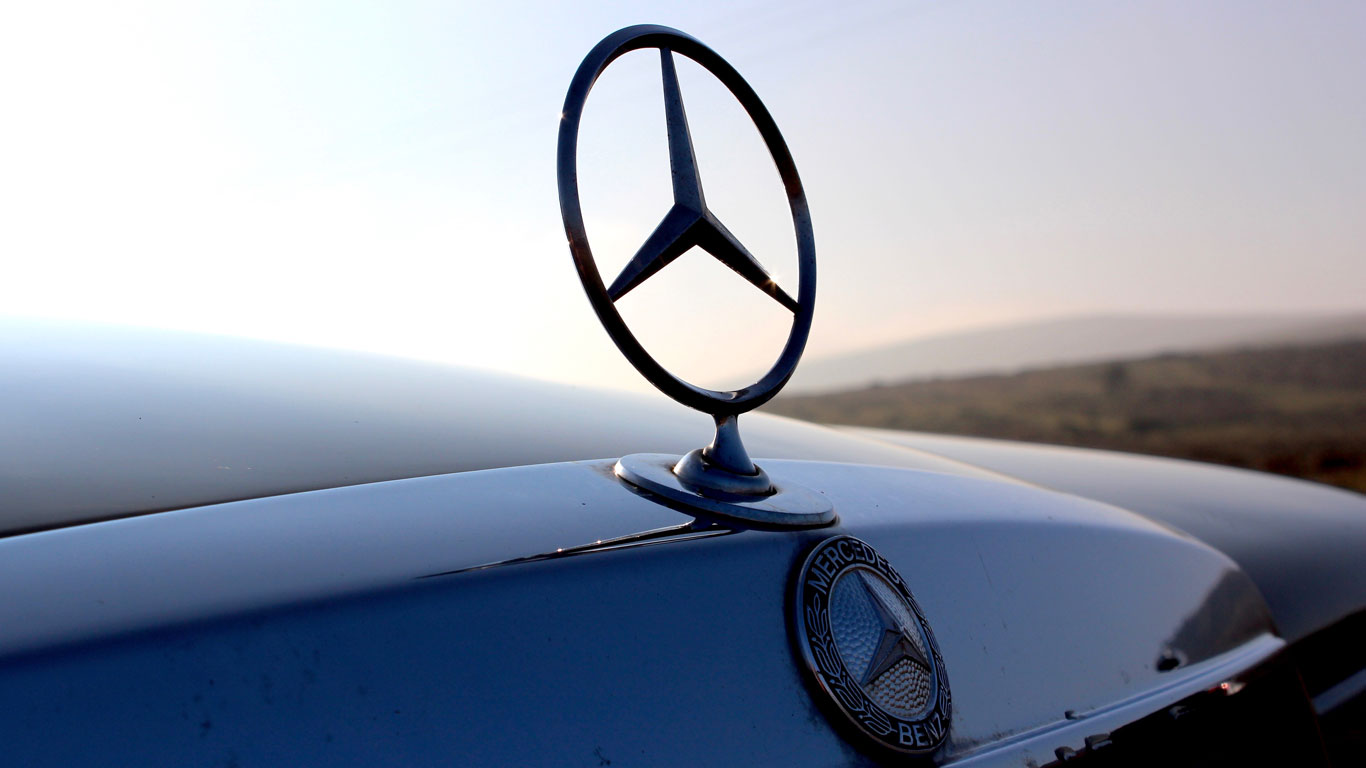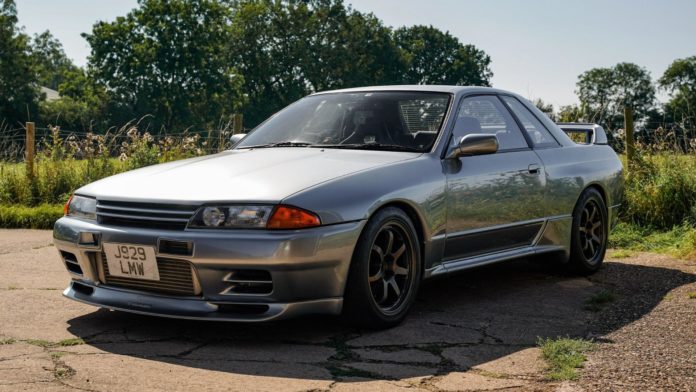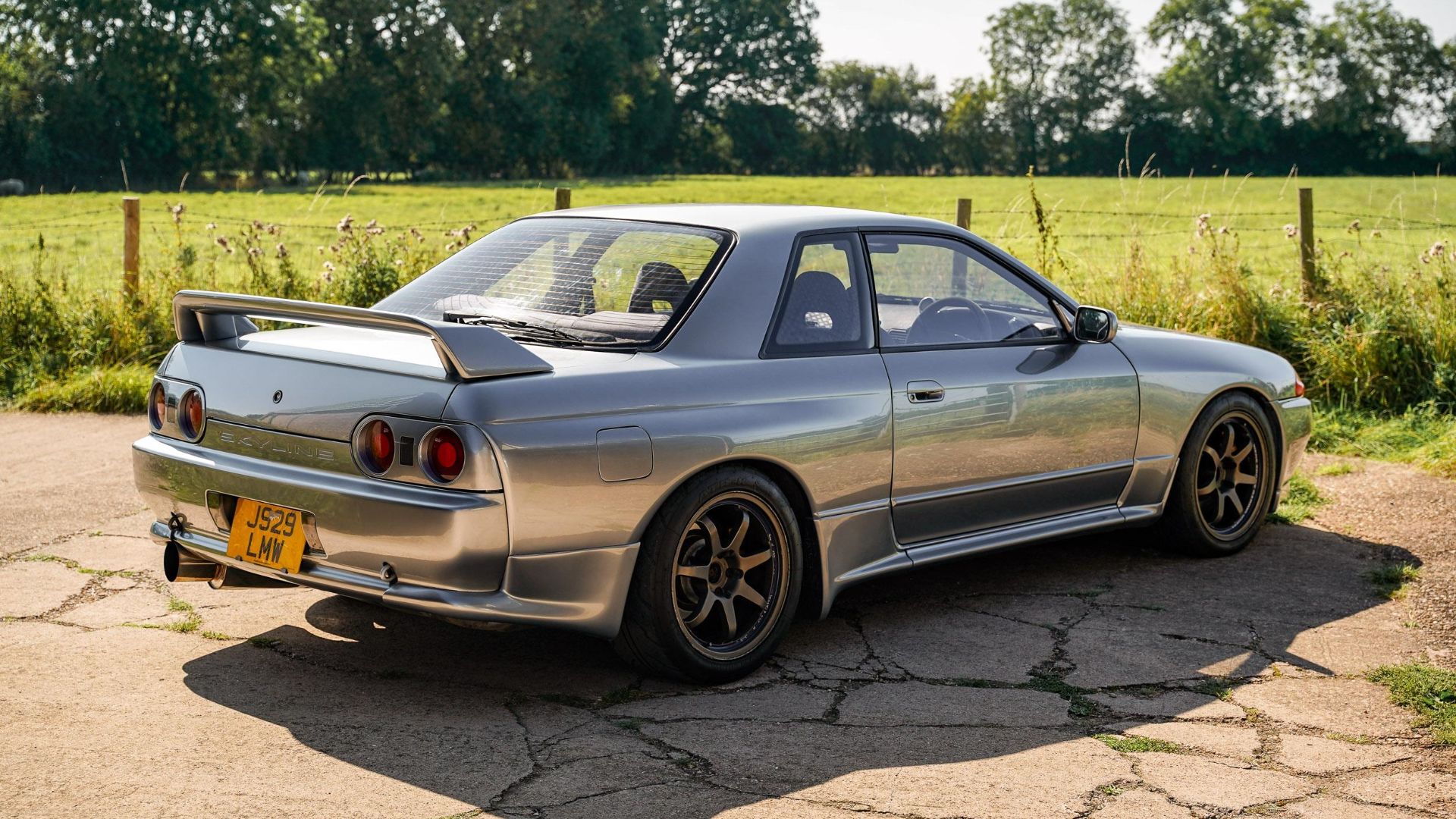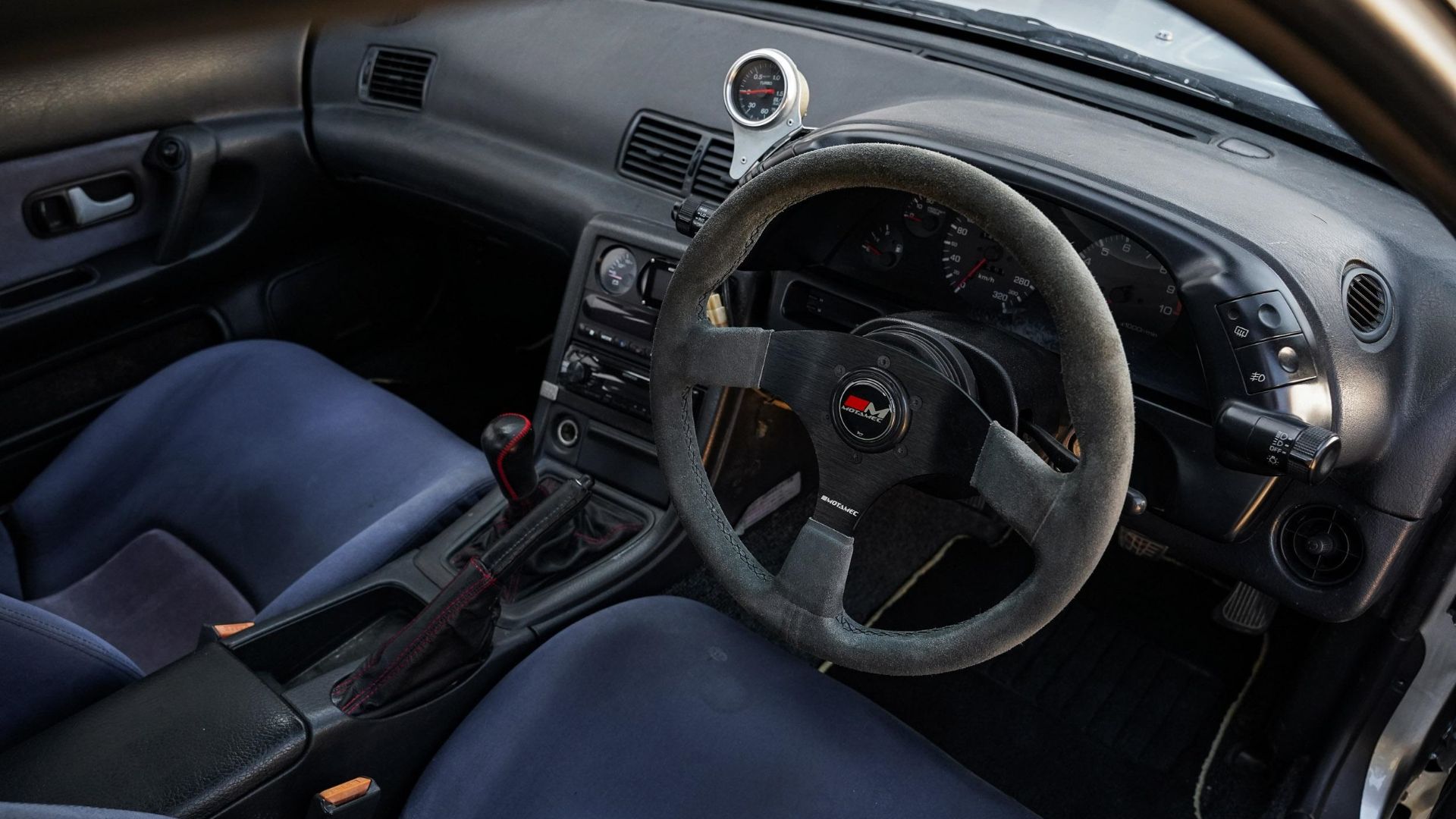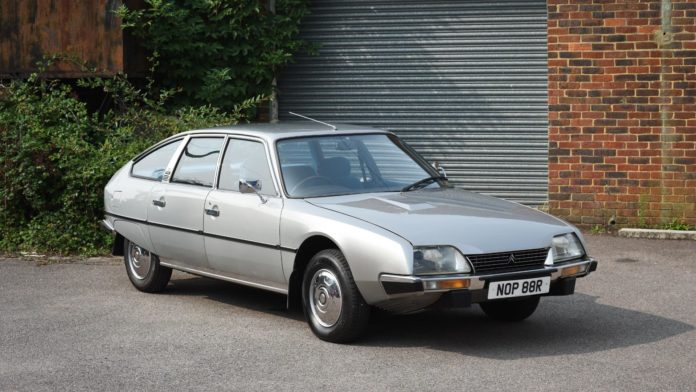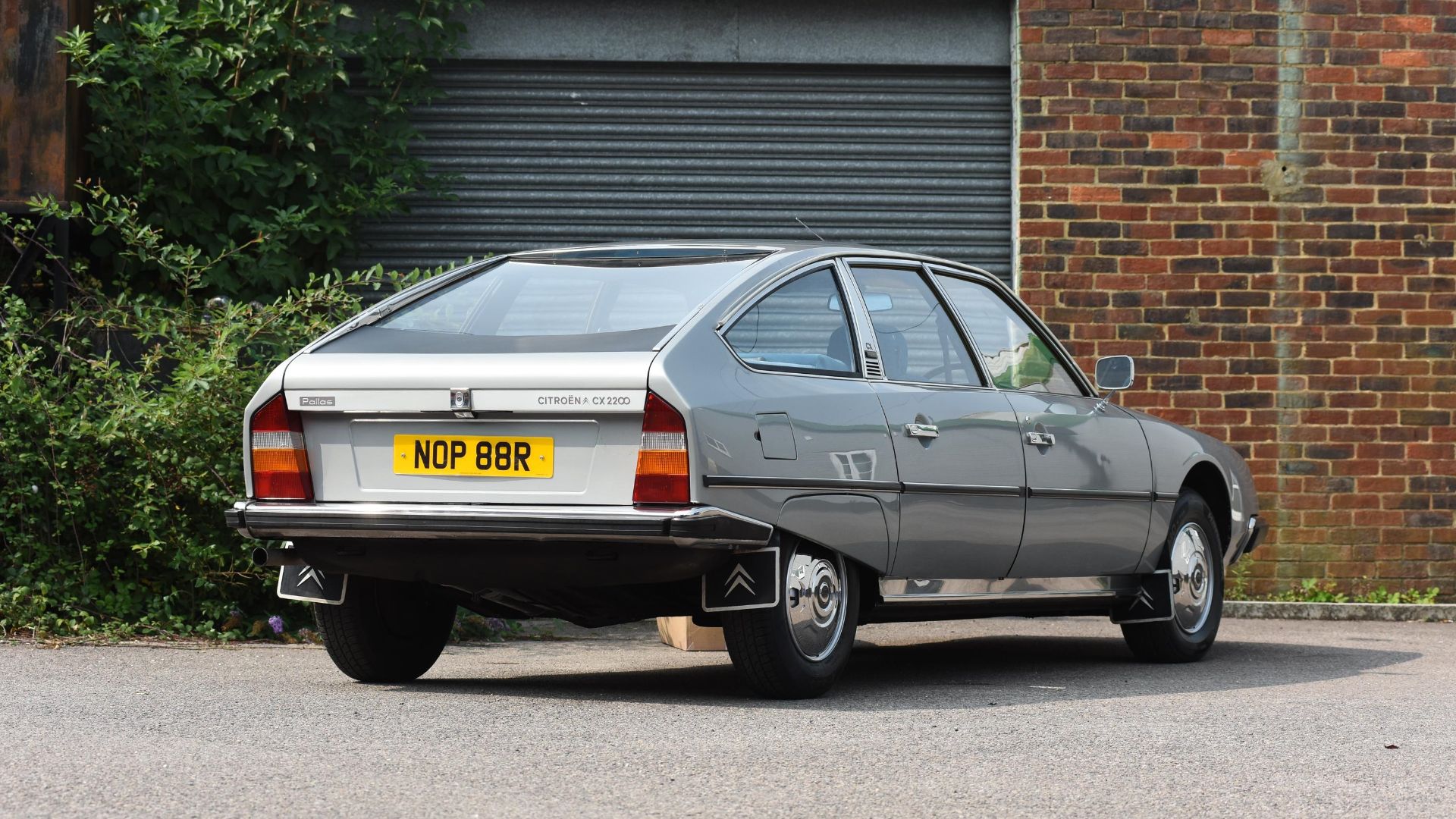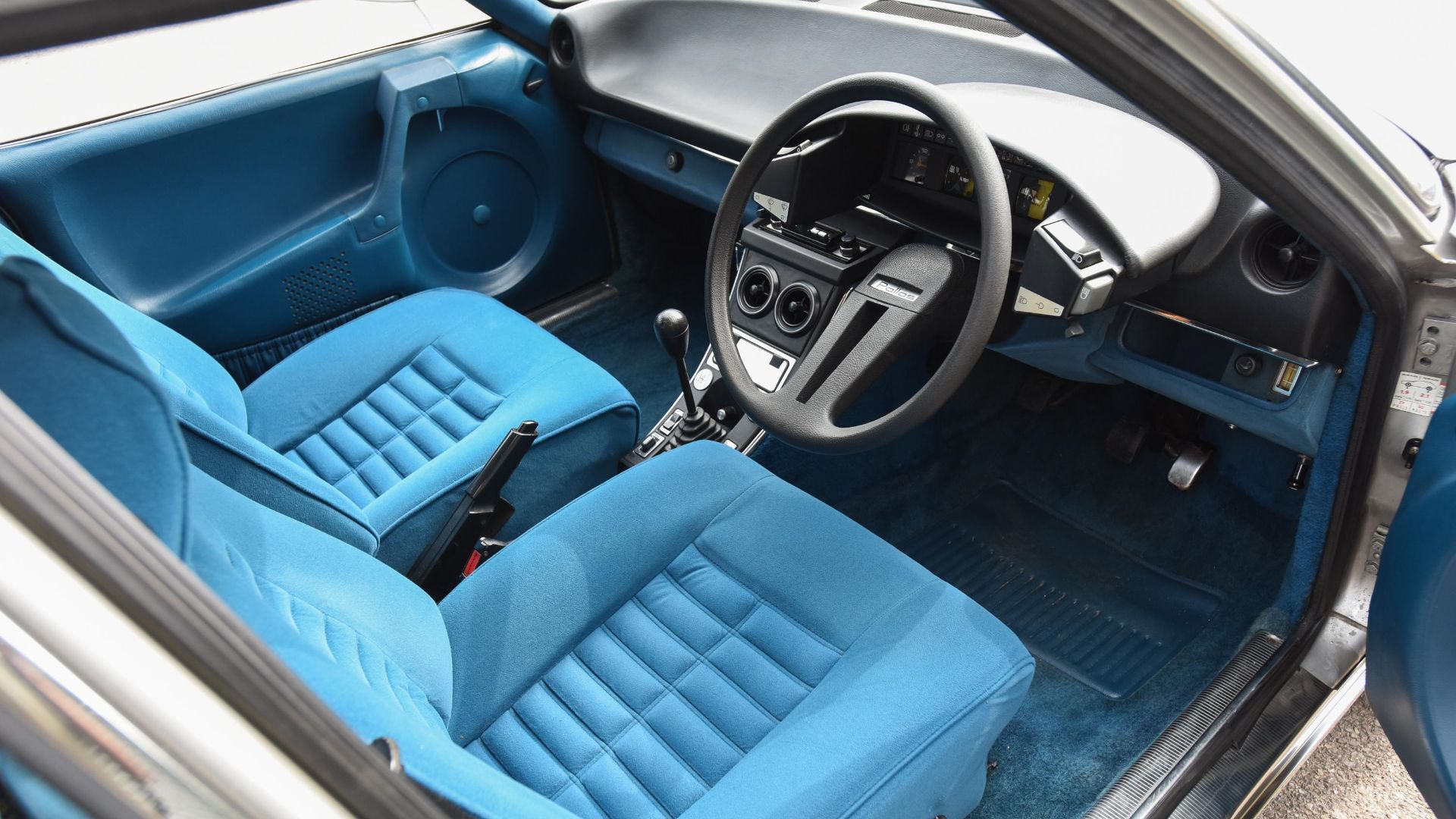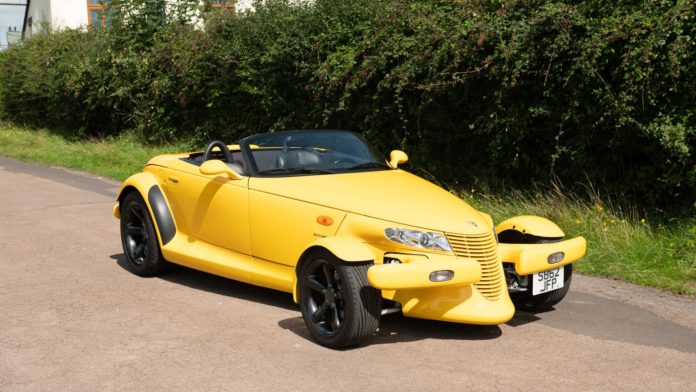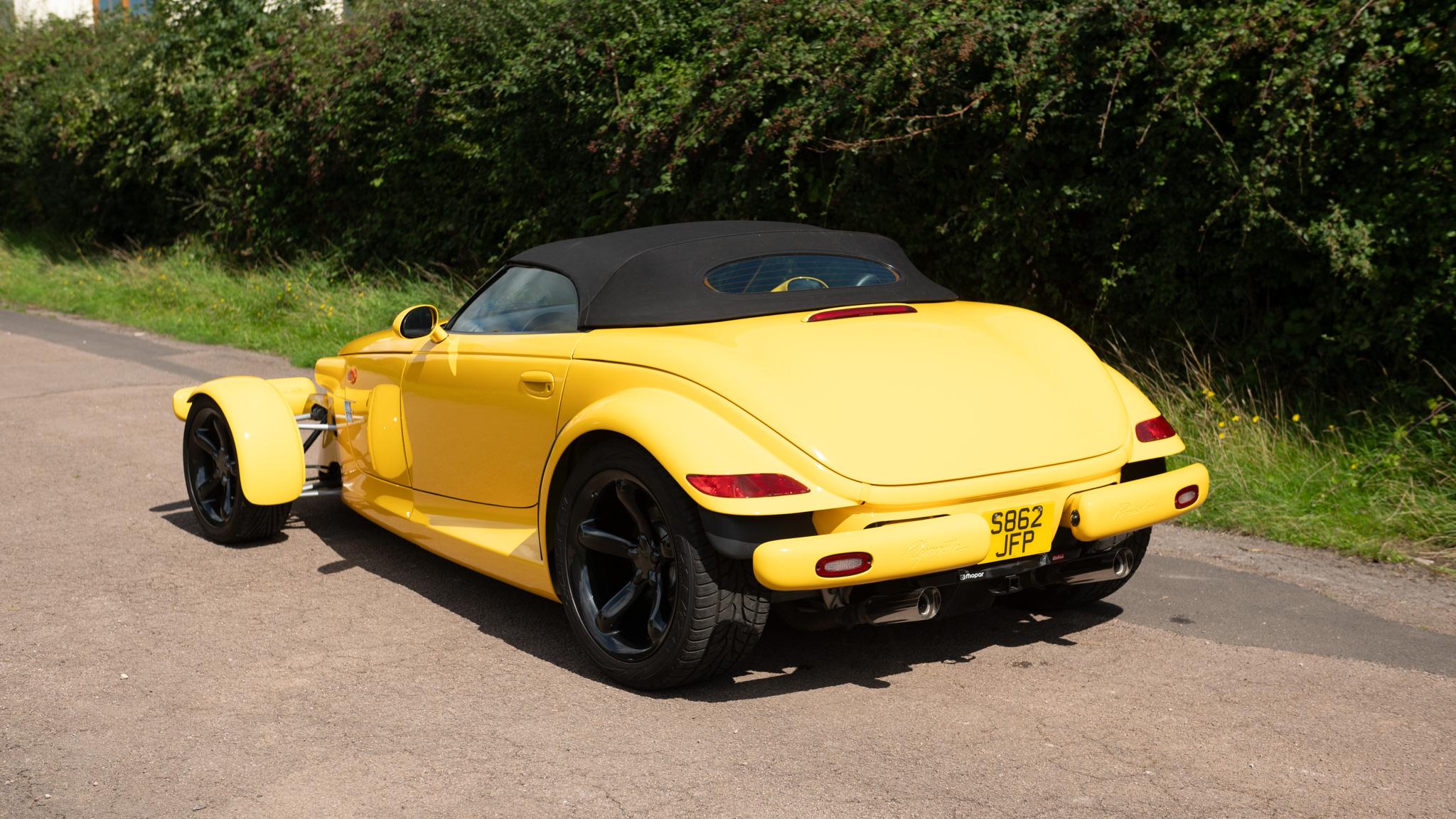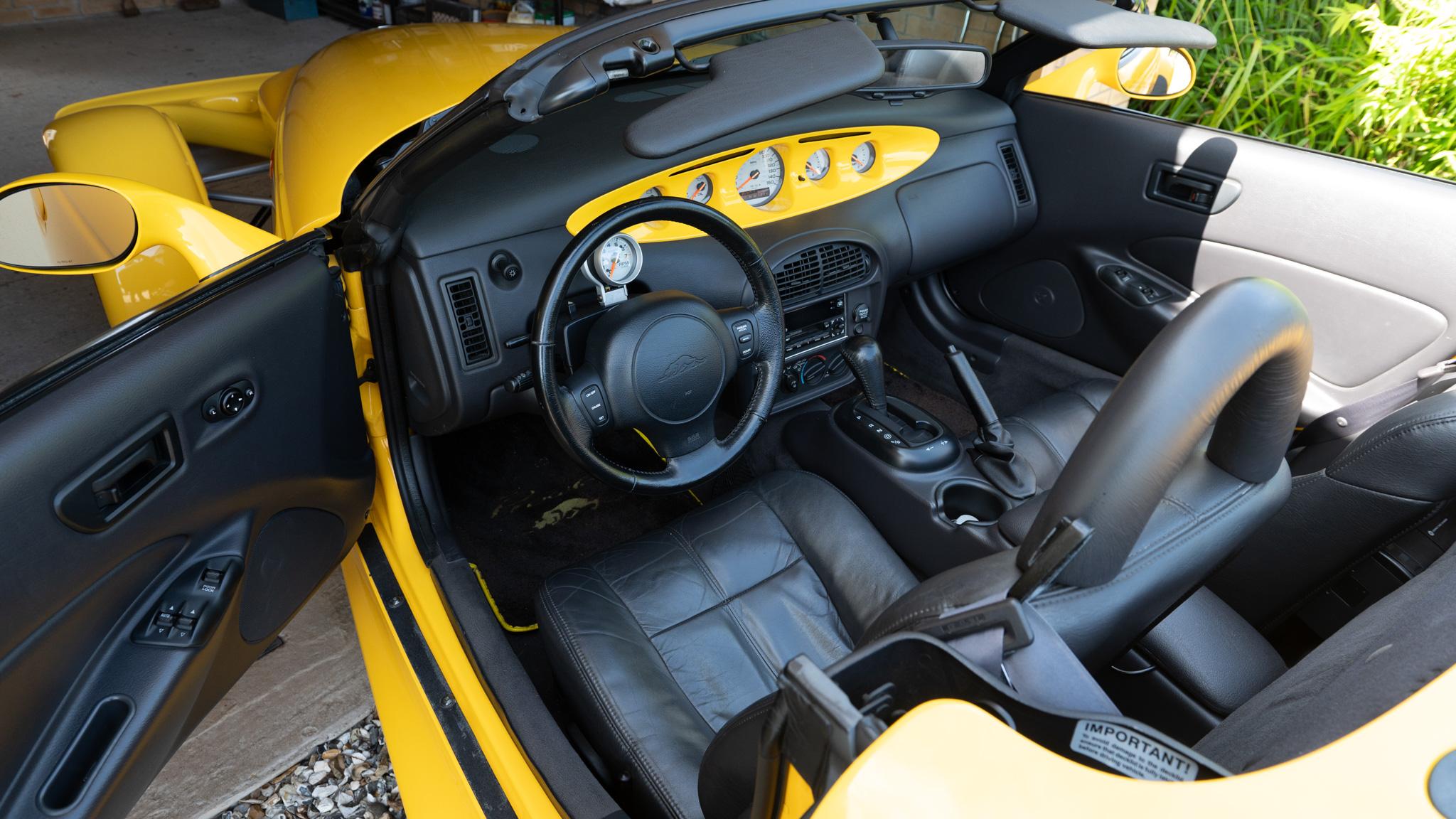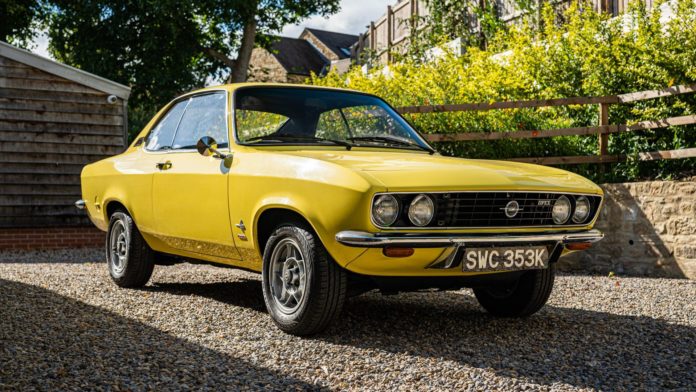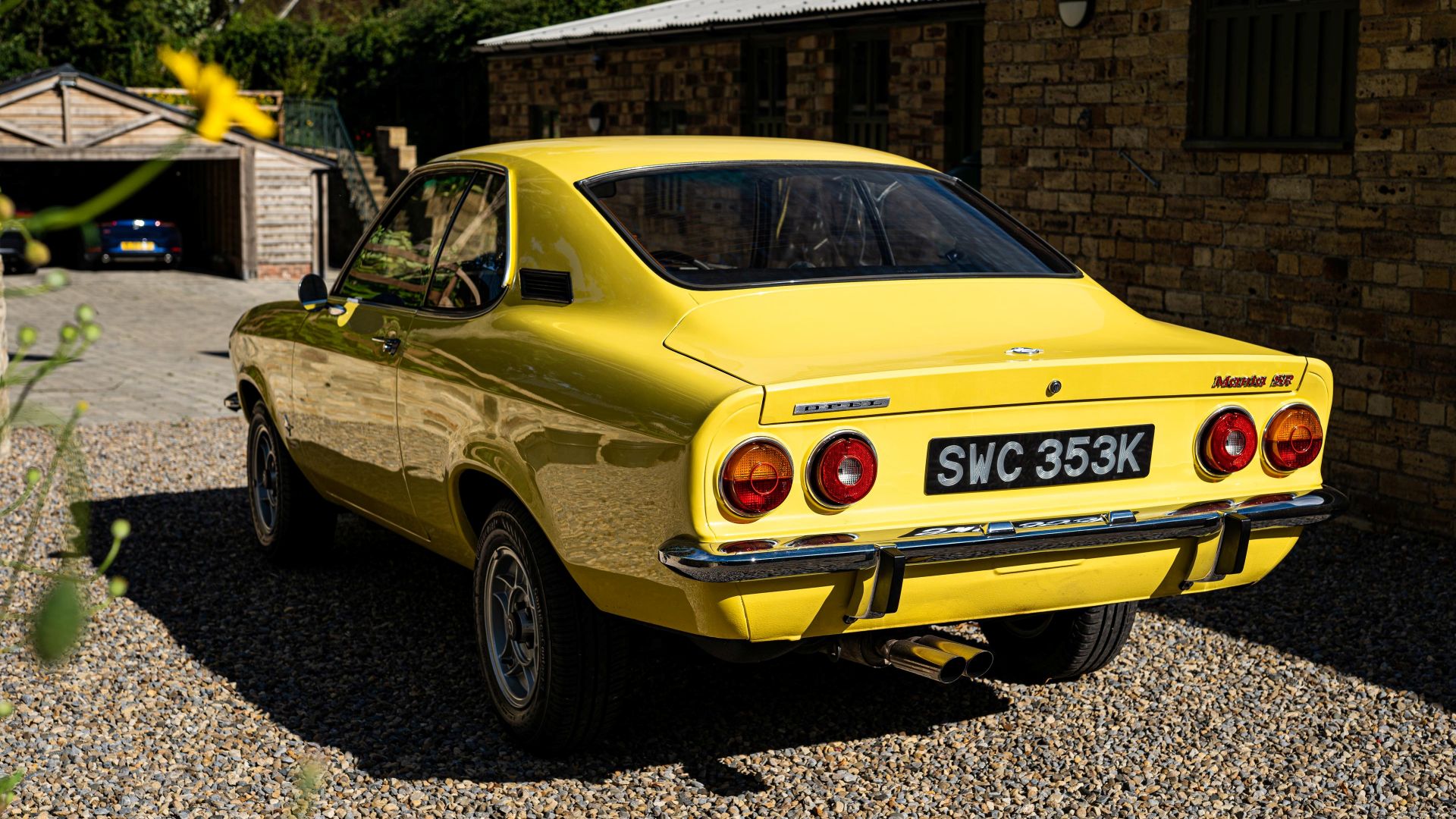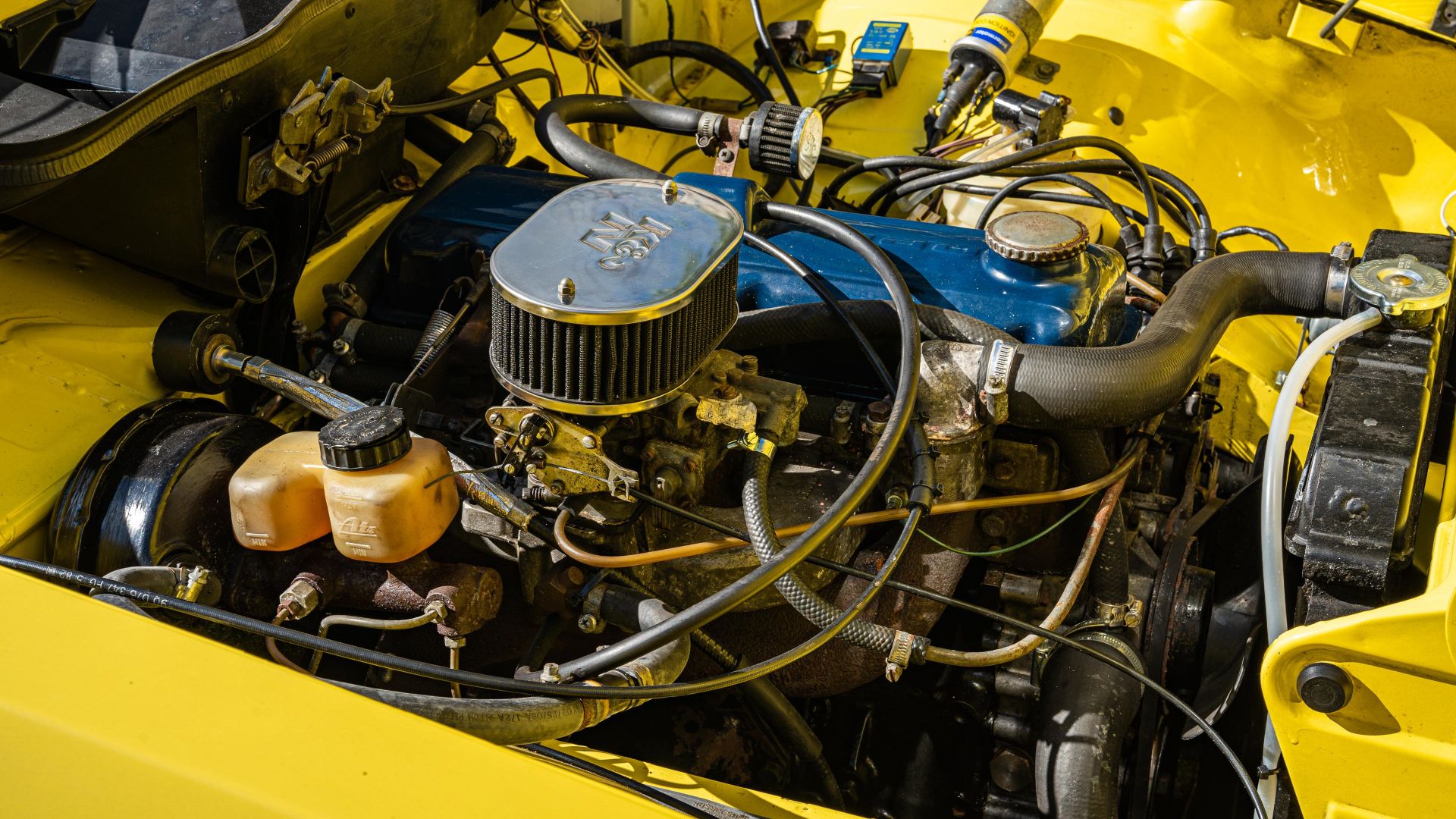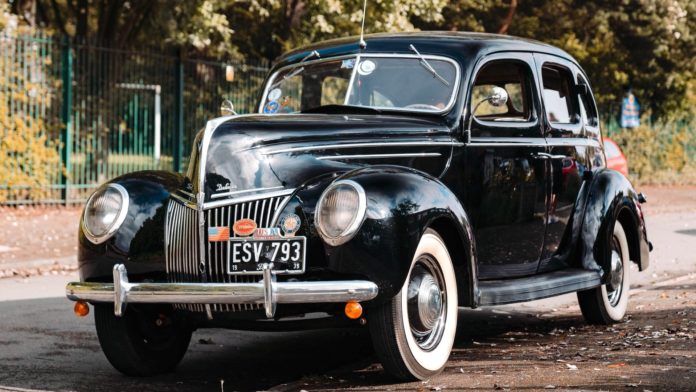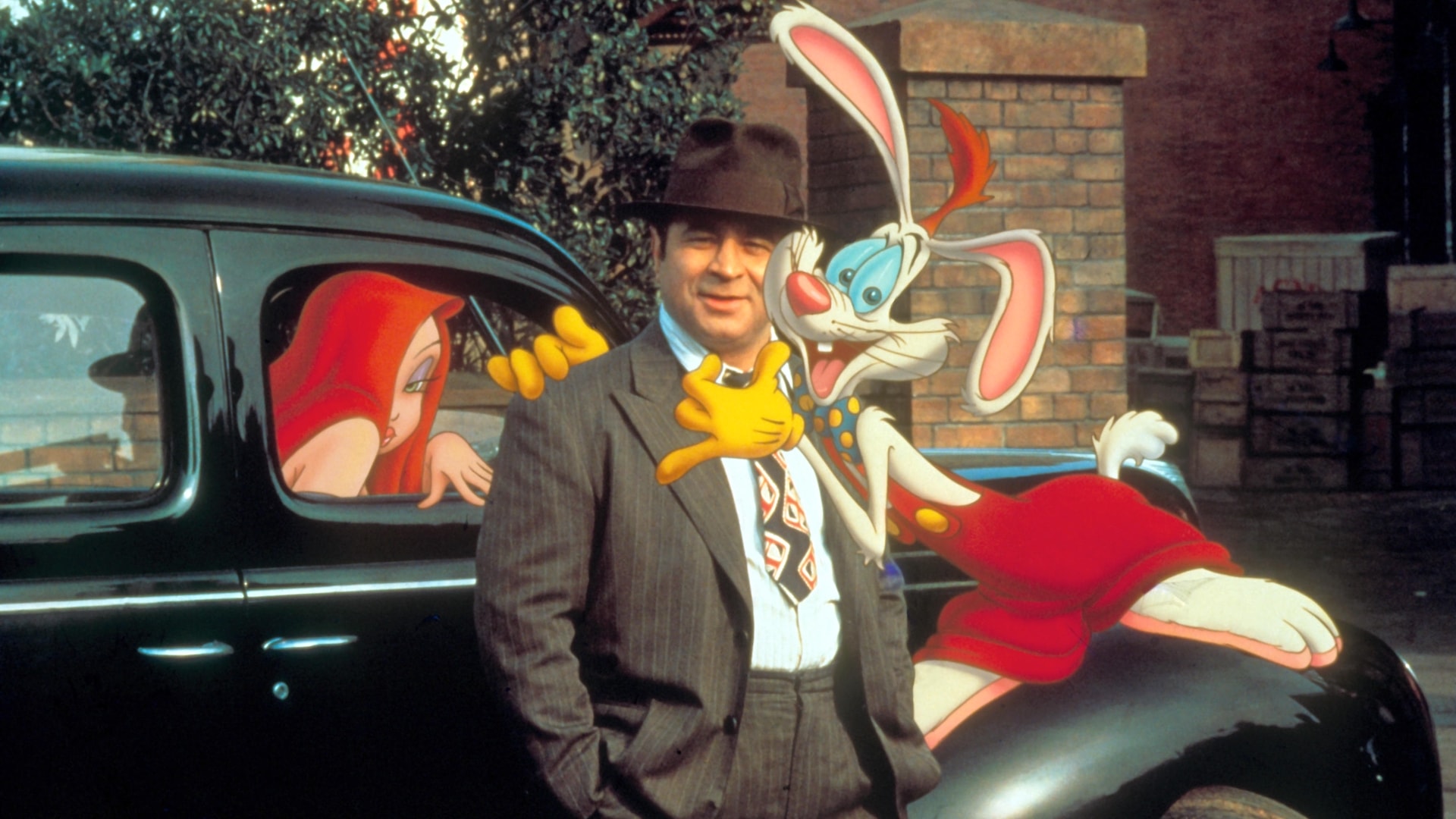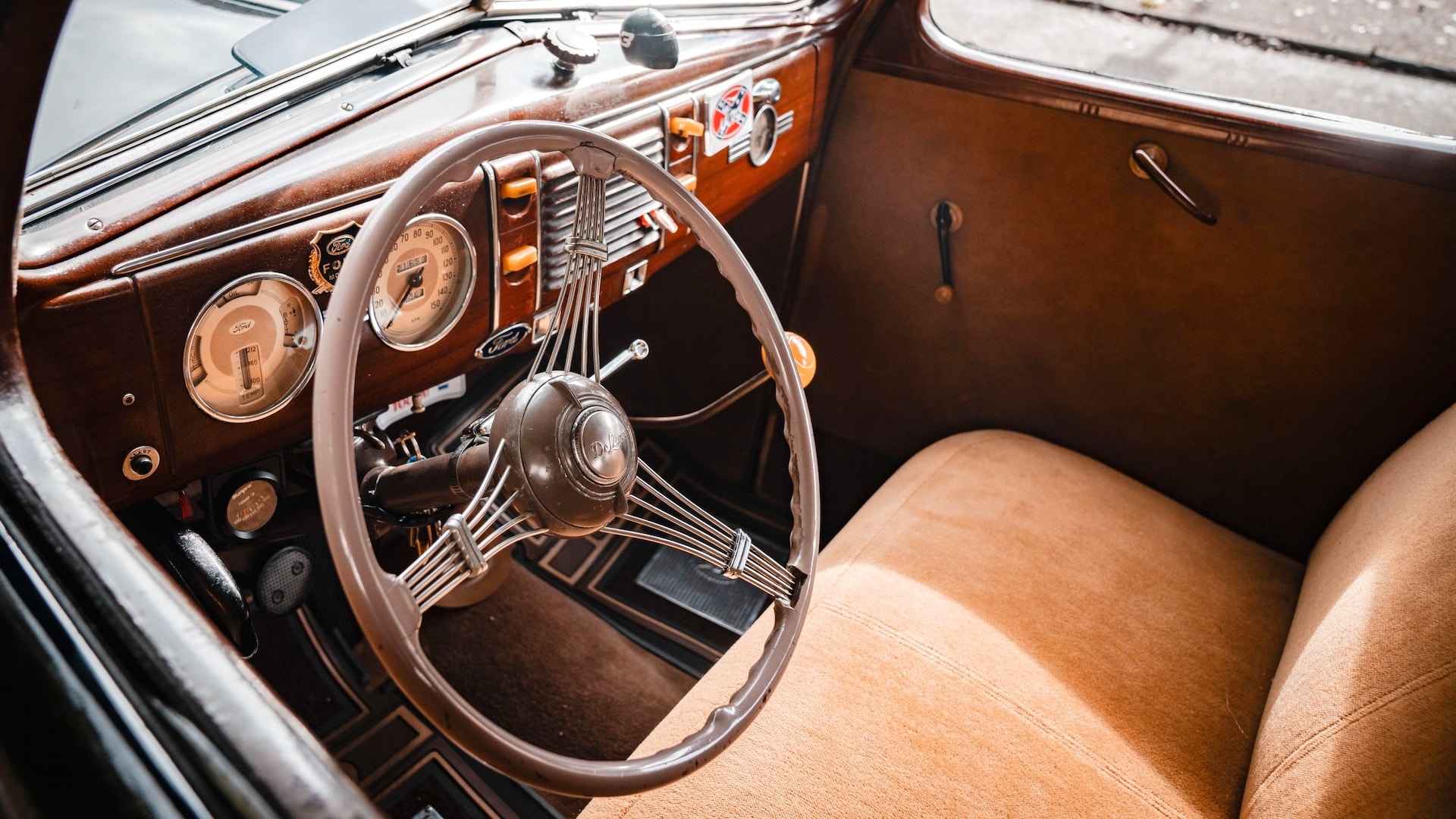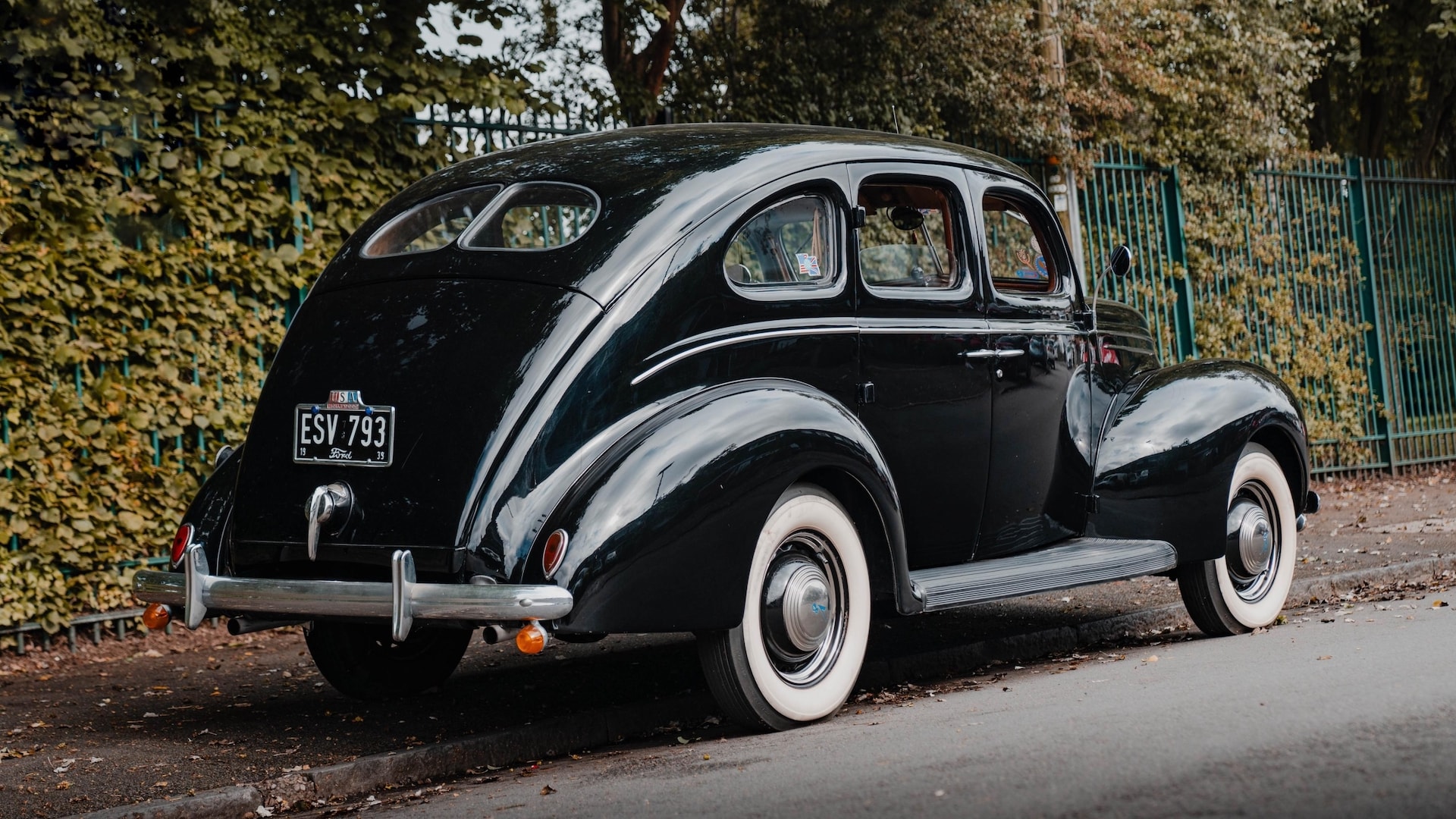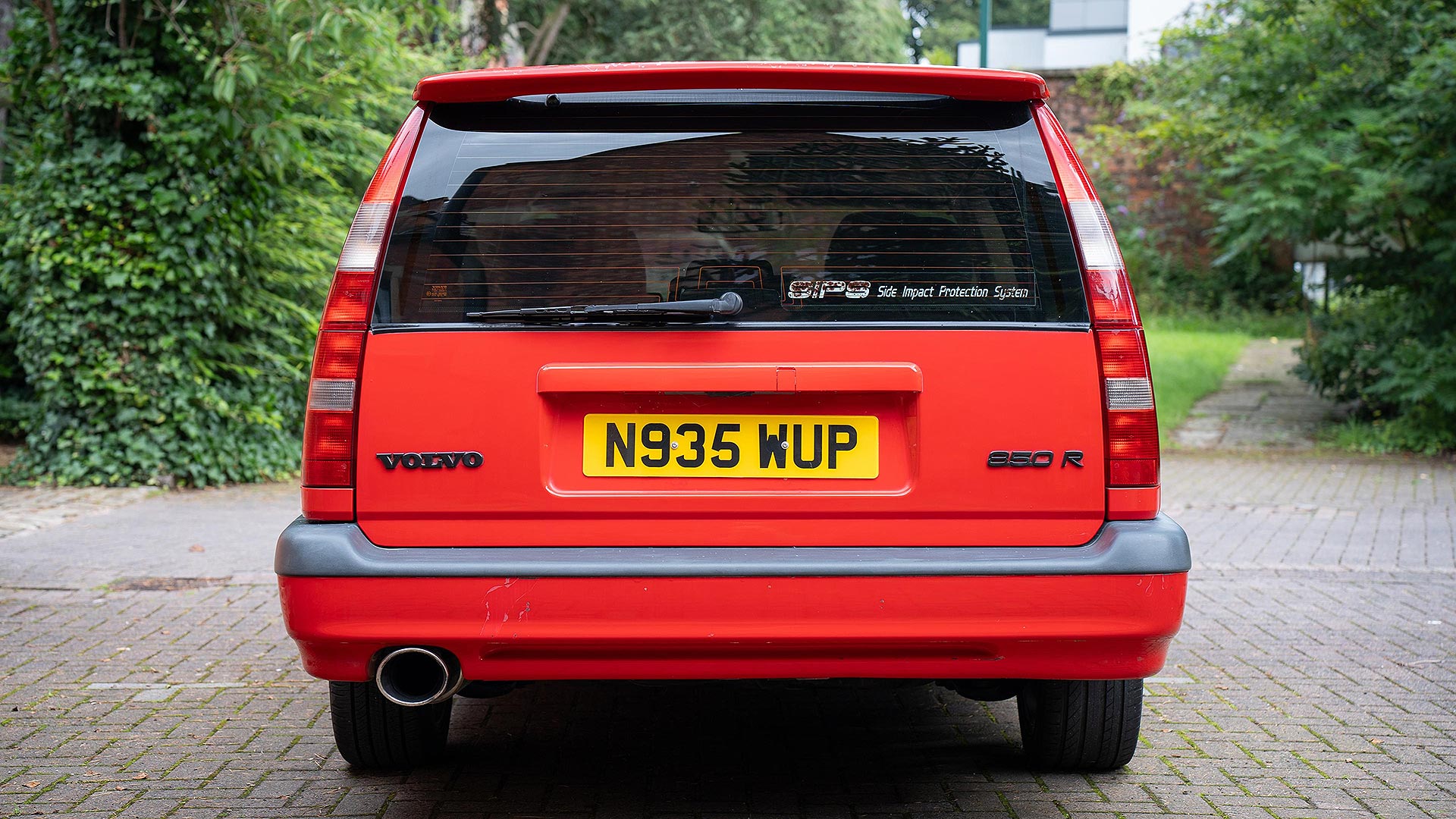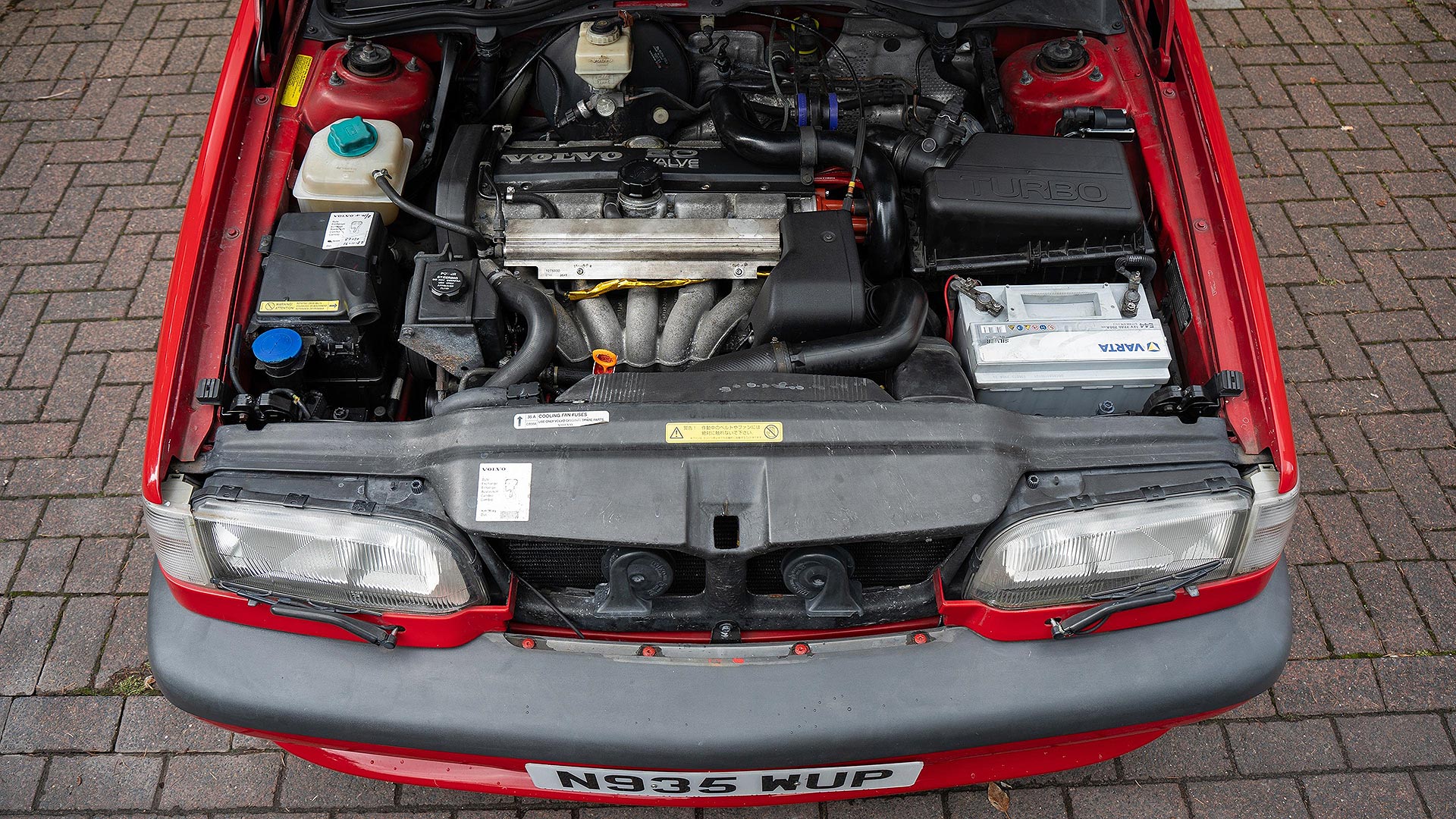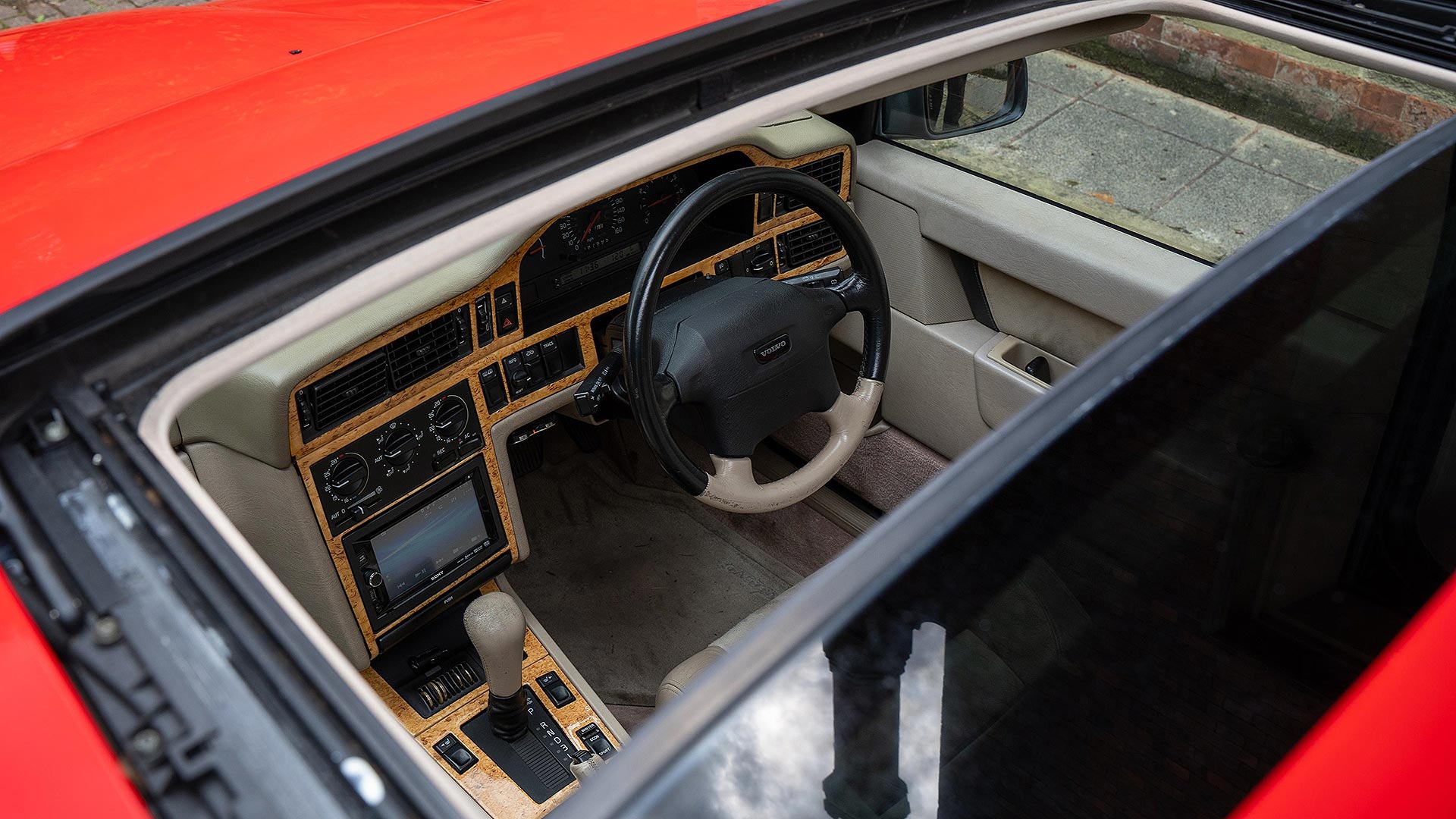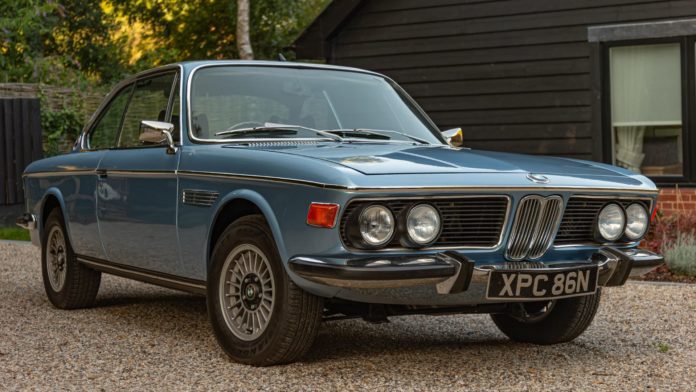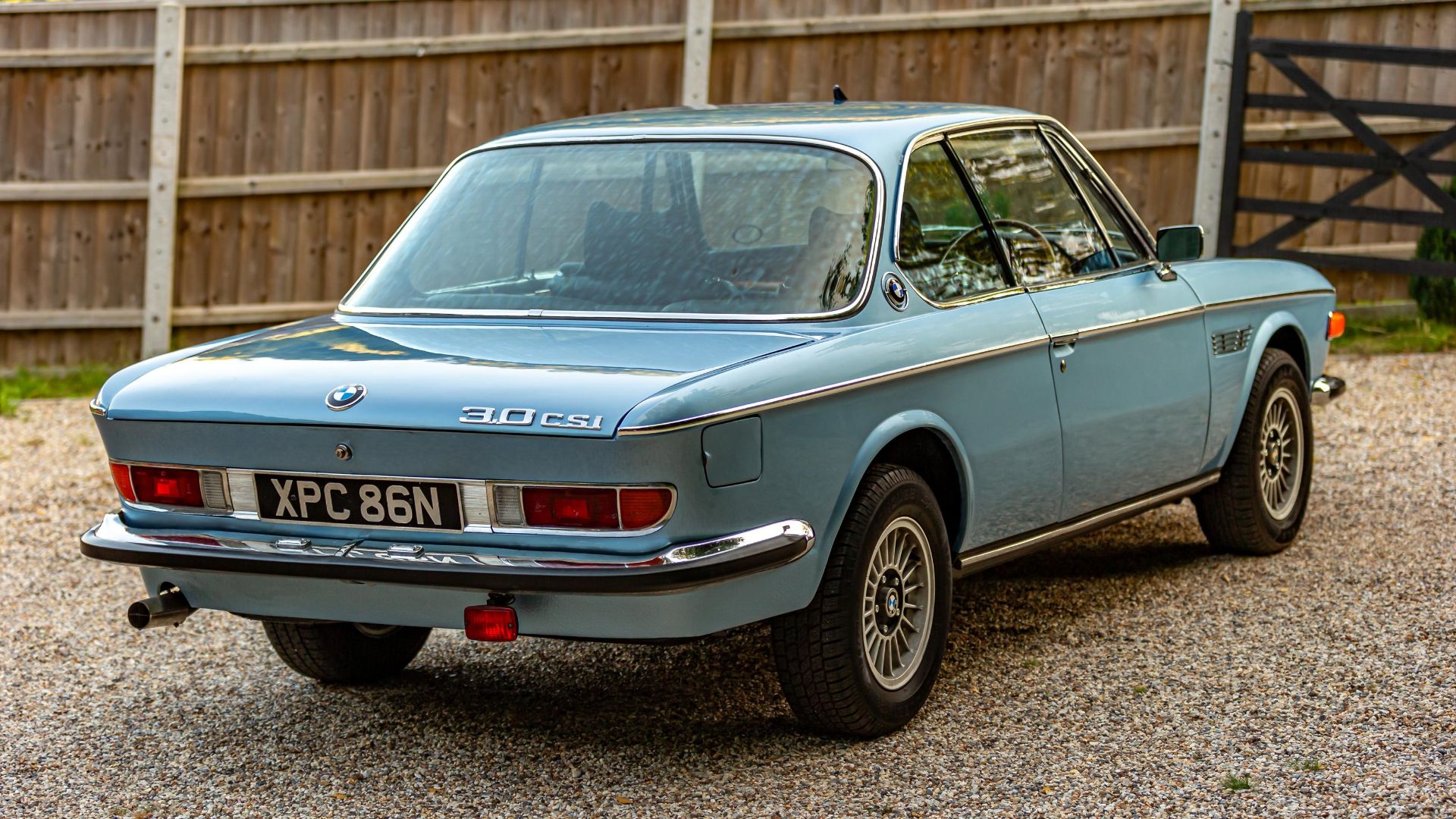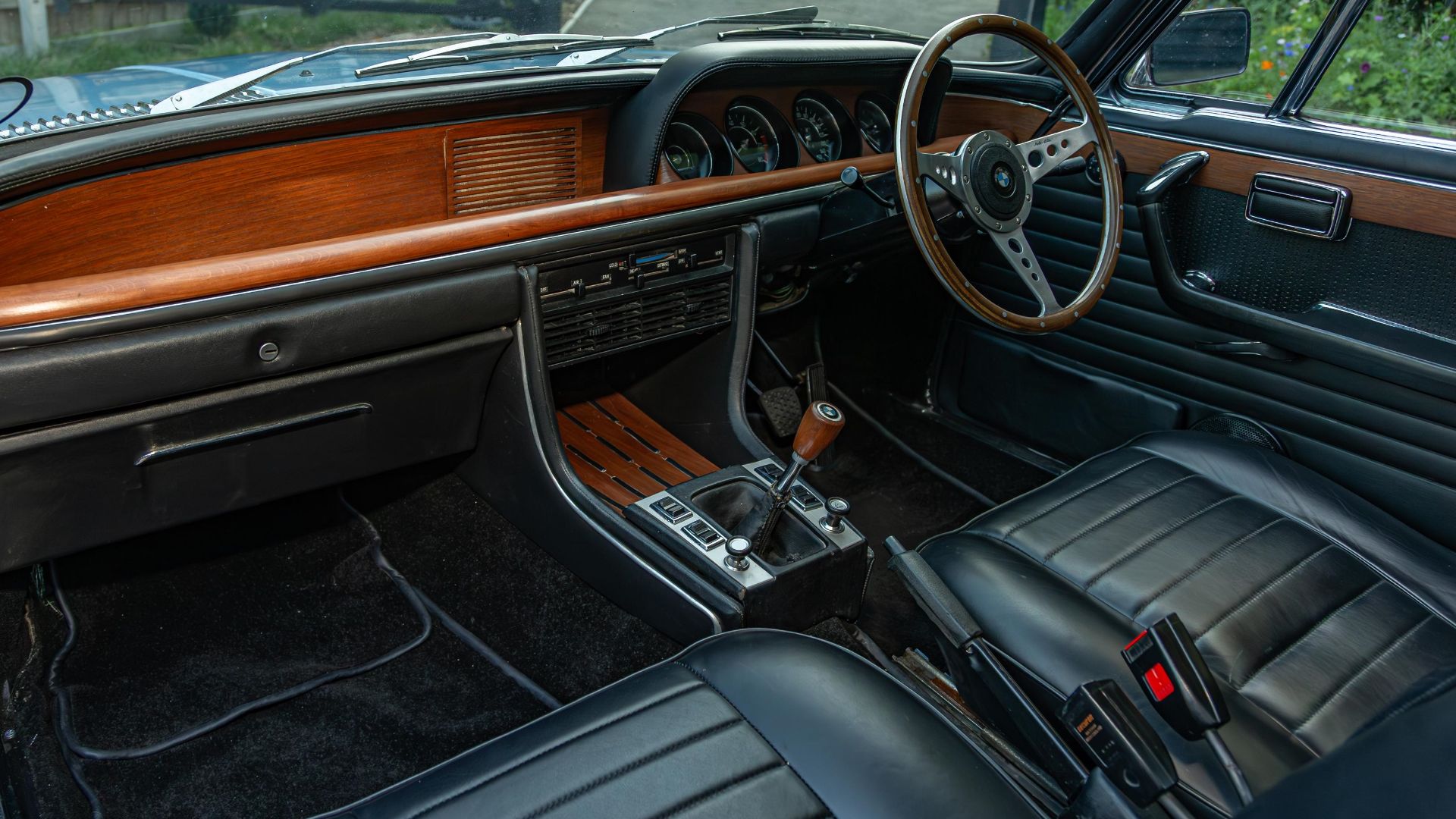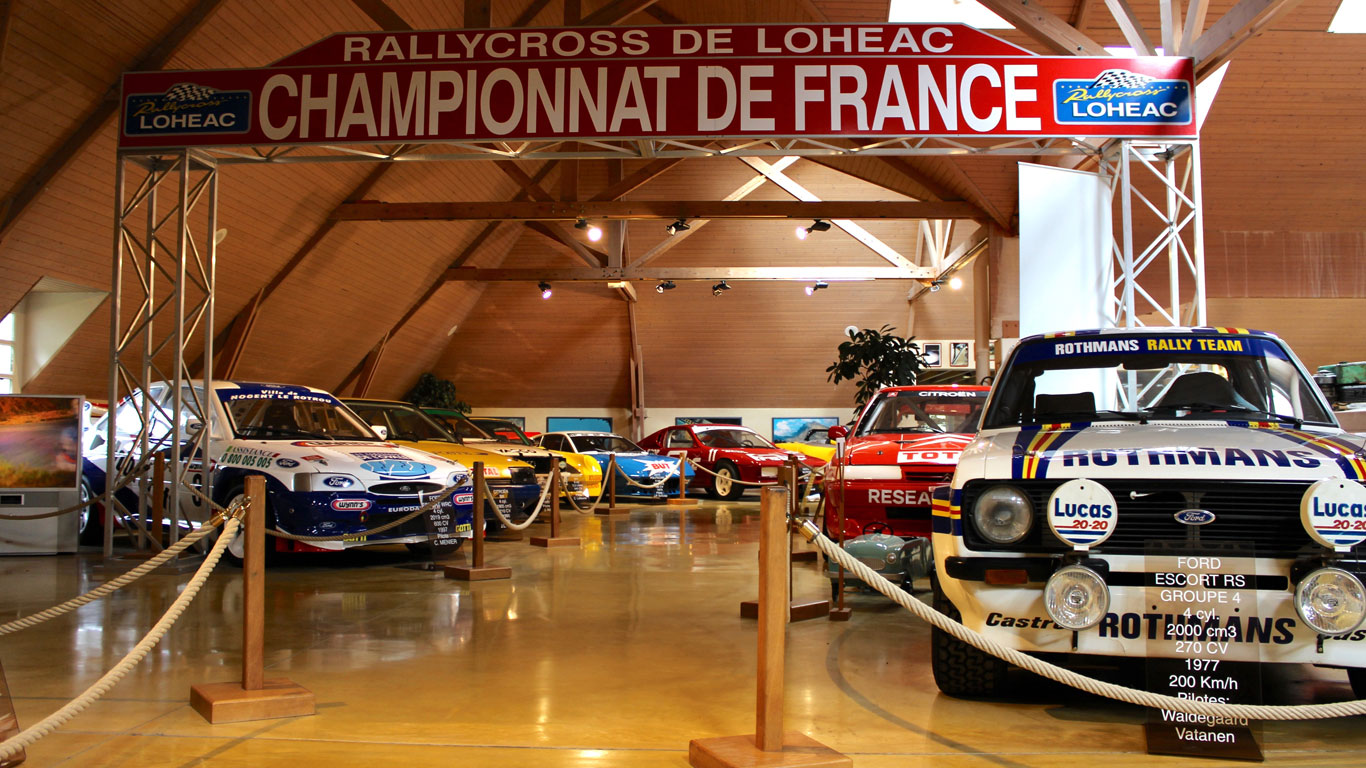
In the case of The Manor of the Automobile – or Le Manoir de L’Automobile – looks can be deceptive. Arriving from the pretty Brittany village of Lohéac – and ignoring the obvious clue of the race circuit on the right-hand side – you might think you’ve arrived at a farmhouse for Cidre Breton and crepes.
However, behind the pretty facade is one of the most remarkable car museums in Europe, with more than 400 vehicles of all types, ages and nationalities on display – including a huge variety of French classics and Group B rally cars.
Le Manoir de L’Automobile is open every day apart from Mondays and entry costs a relatively affordable €14 for adults and €10 for children under 16. We dropped in for a guided tour of this magnificent museum. Keep reading for some of our highlights.
The French connection
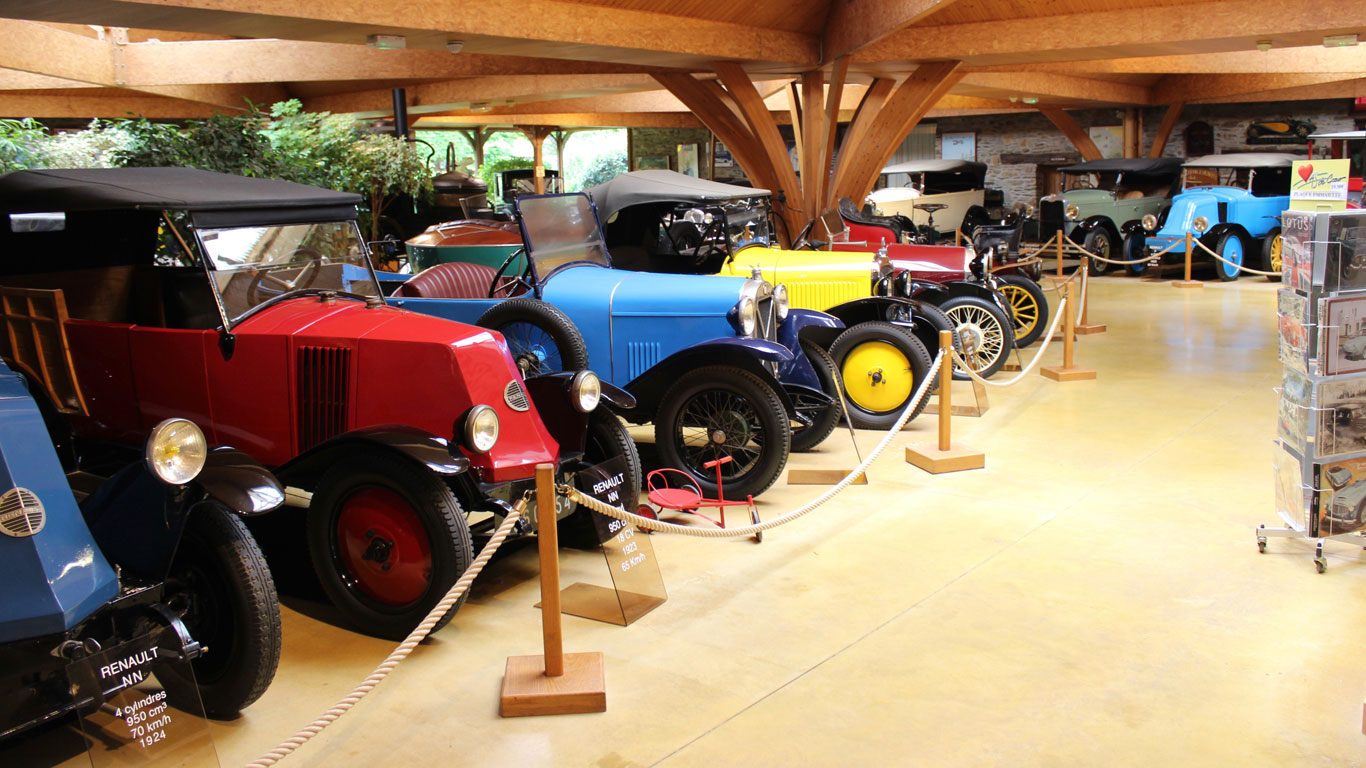
Through the dimly-lit reception area and past the obligatory shop, you’re presented with a hall of French veteran and vintage cars, appropriately named the Hall of Ancestors.
Around 35 years ago, Le Manoir de L’Automobile was still a farm. Michel Hommell, who had been collecting cars since the age of 18, purchased the site with a view to housing his ever-growing collection in one place. It took 15 years to complete, with the vehicles displayed in 15,000 square metres of exhibition space.
Citroen Traction Avant
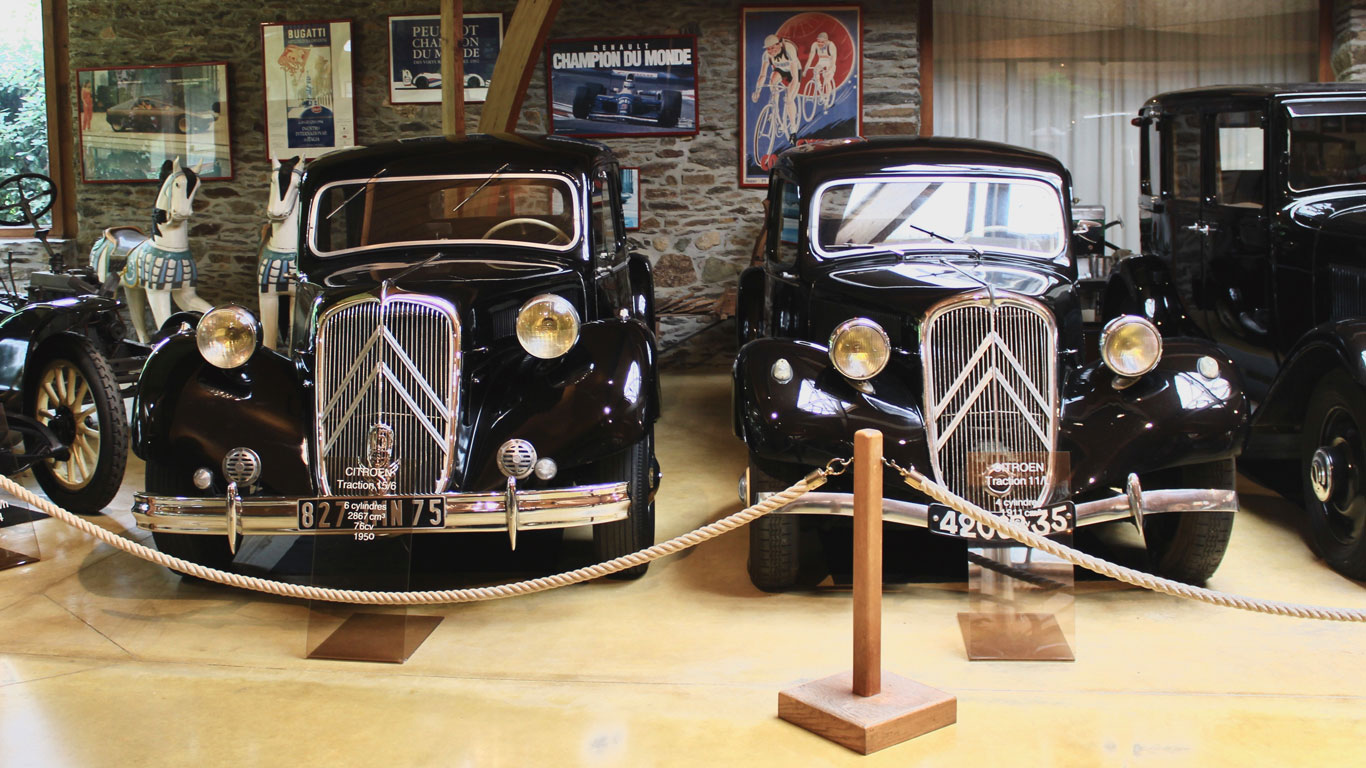
Turn the first corner and you’re greeted with the sight of a pair of elegant Citroen Traction Avants.
Produced between 1934 and 1957, the Traction Avant is considered the godfather of the modern automobile and was the first mass-produced front-wheel-drive car.
A pair of Panhards
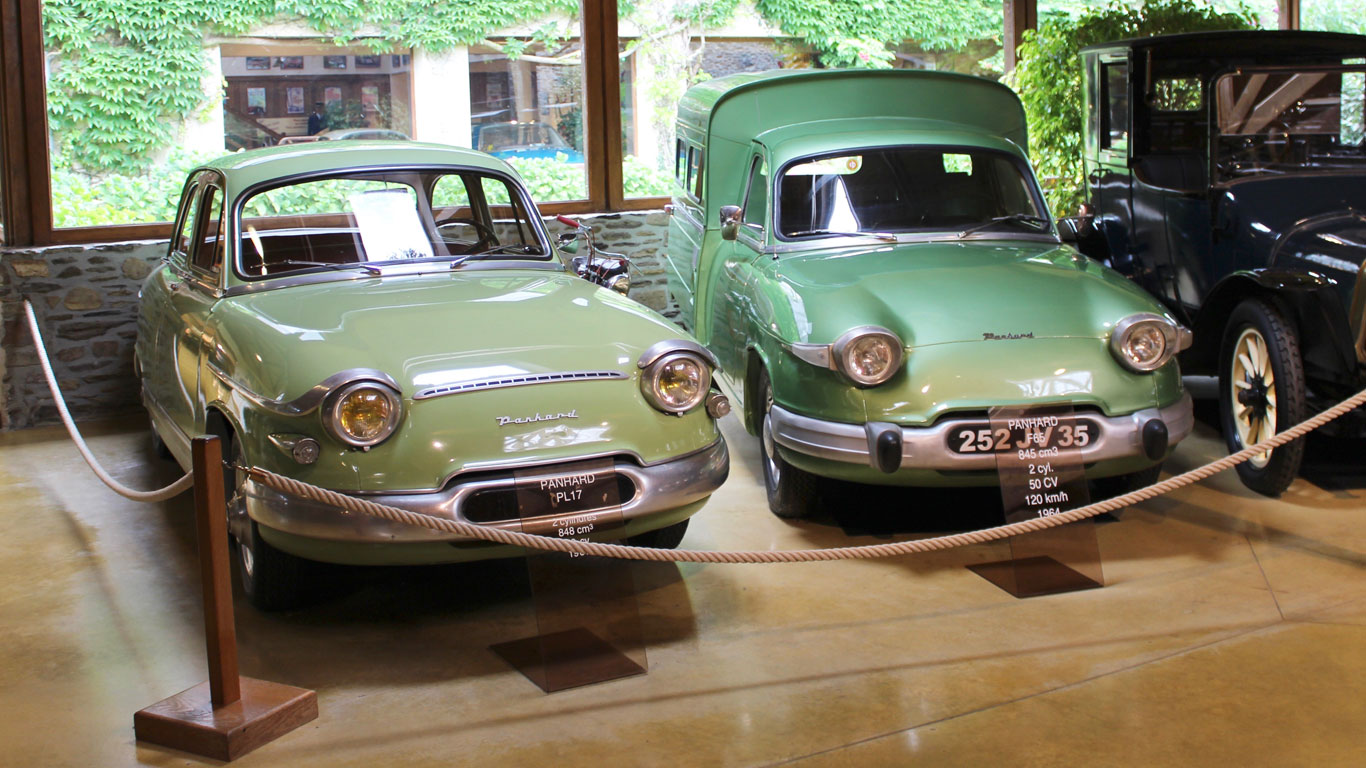
Today, the Panhard name exists as a part of Renault Trucks Defense, but the French carmaker stopped building its own cars in the late 1960s.
Some 130,000 examples of the stylish Panhard PL17 were sold before production ceased in 1965.
Alpine stars
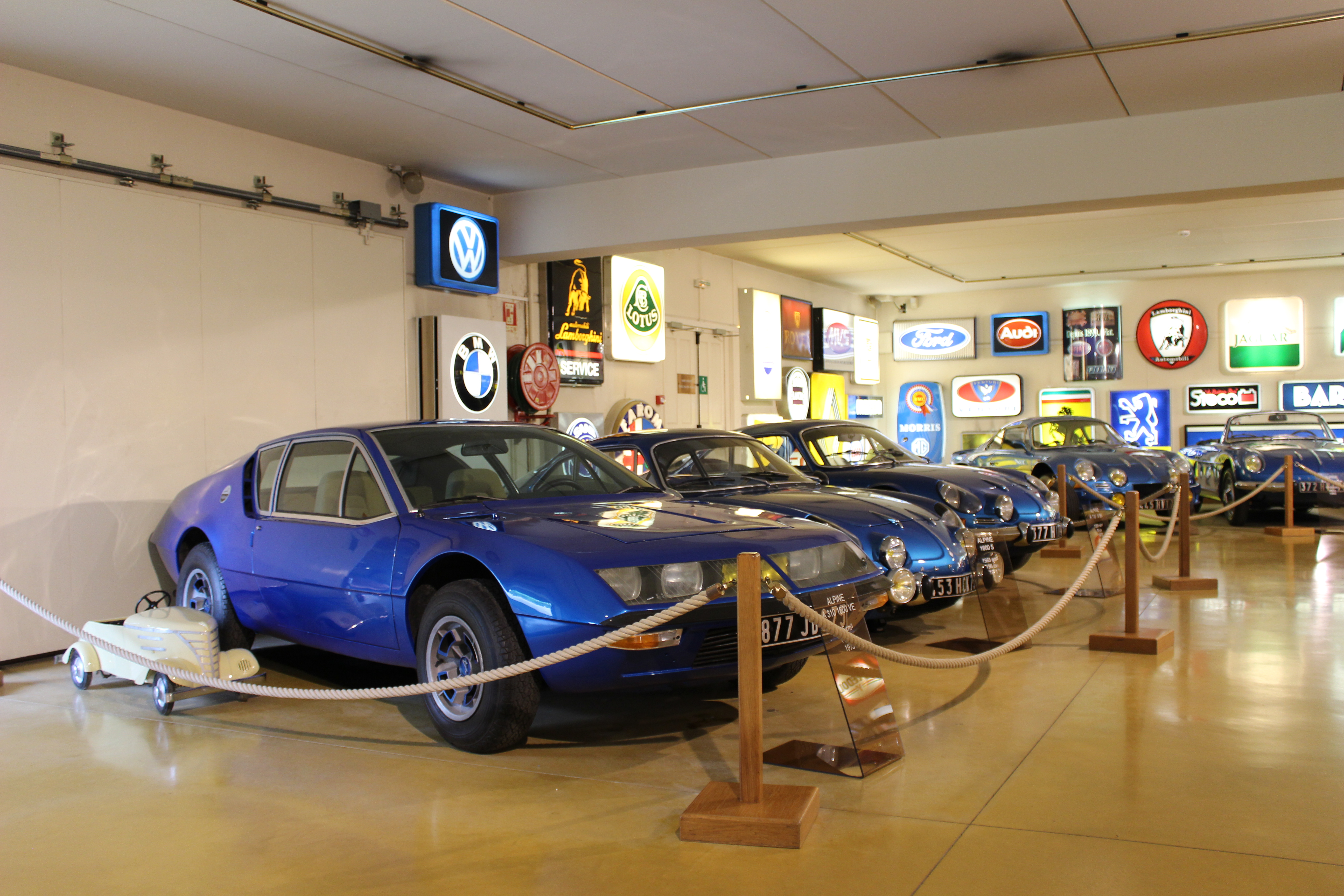
The display of Alpine cars is the first hint that Le Manoir de L’Automobile museum might be about to send your jaw hurtling towards the polished floor.
It’s a sea of Alpine Blue and yellow headlights, flanked by backlit dealership logos. Magnifique!
Alpine A110
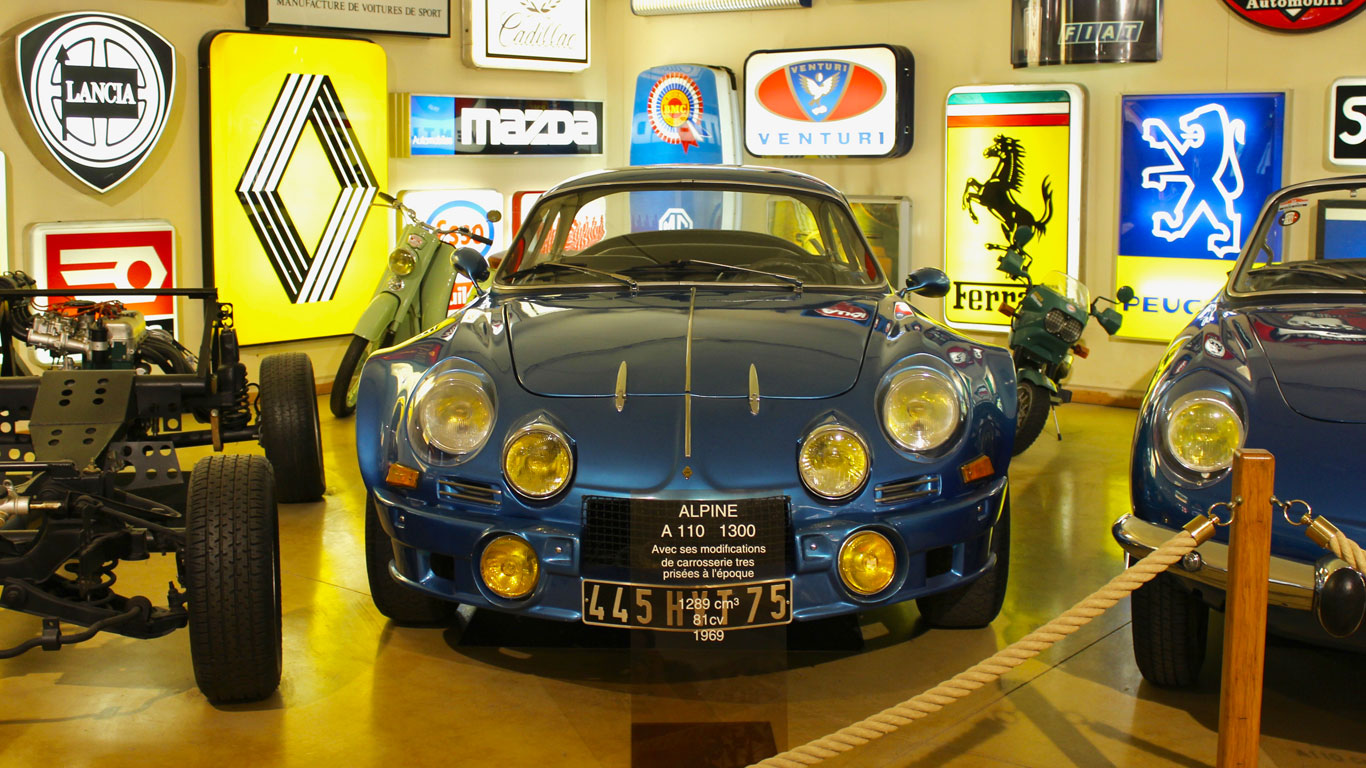
The original Alpine A110 sports car was based on the Renault 8 Gordini and proved to be a formidable force on the world rally stage.
The current version of the A110 was unveiled at the 2017 Geneva Motor Show and soon gathered rave reviews. Alpine is now entering a new phase as the sportier sub-brand of Renault.
Jaguar XJR-11
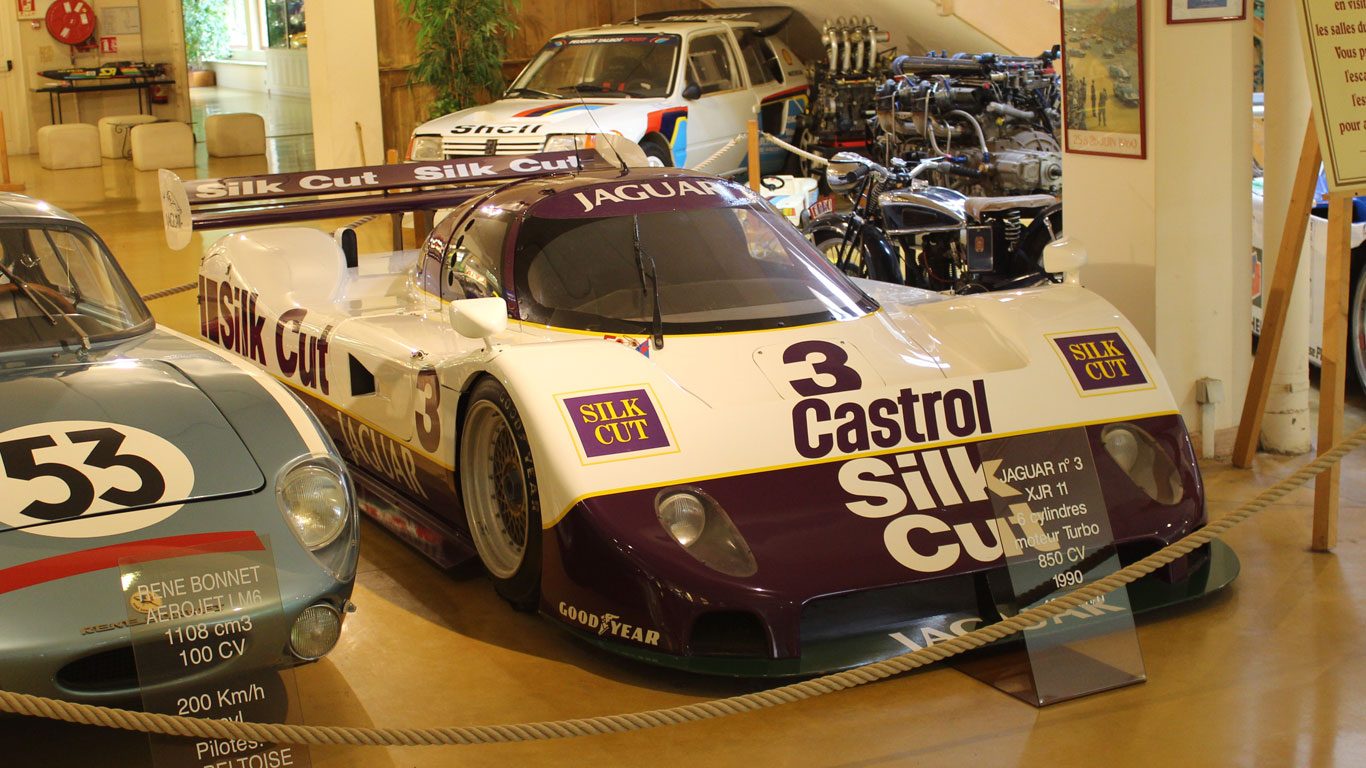
From the days when tobacco sponsorship was still permitted in motorsport, and delivered a number of iconic liveries…
The Silk Cut Jaguar XJR-11 must be up there with the Marlboro McLaren and John Player Special Lotus in terms of instant recognition.
Audi Quattro S1
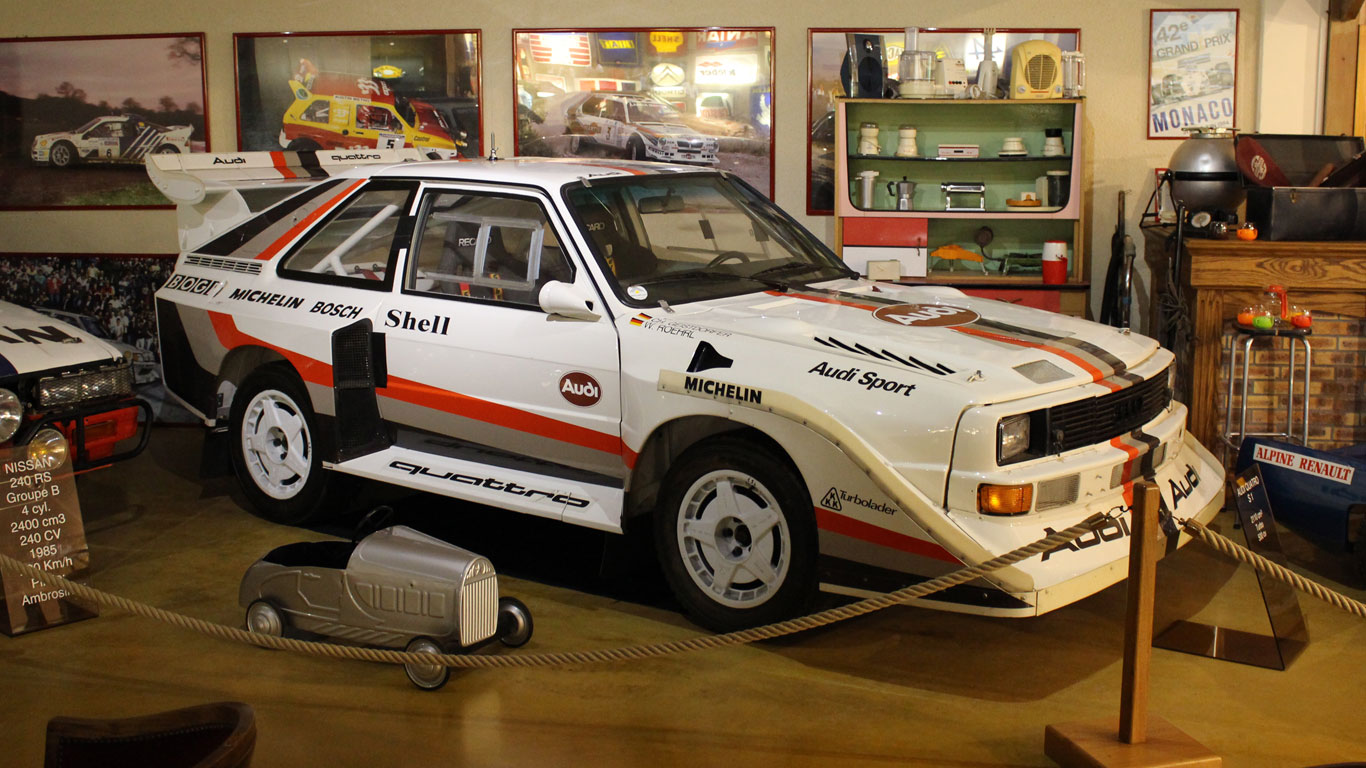
Le Manoir de L’Automobile’s display of Group B rally cars is well worth the €14 entry fee alone.
If this brutal, short-wheelbase Audi Quattro S1 doesn’t grab you…
Nissan 240RS
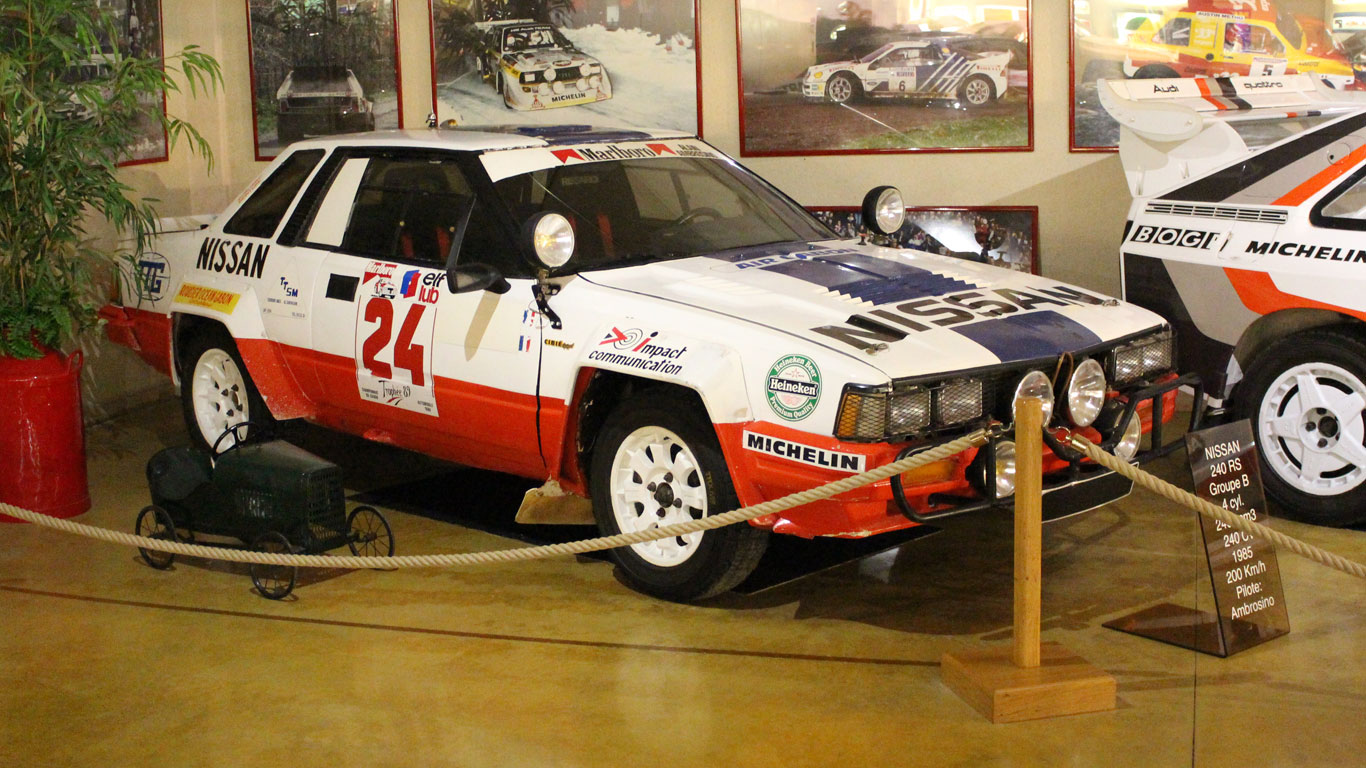
…then how about this lesser-known Nissan 240RS from the same era?
The rear-wheel-drive Group B rally car was powered by a 2.4-litre four-cylinder engine and raced from 1983 to 1985.
Lancia 037
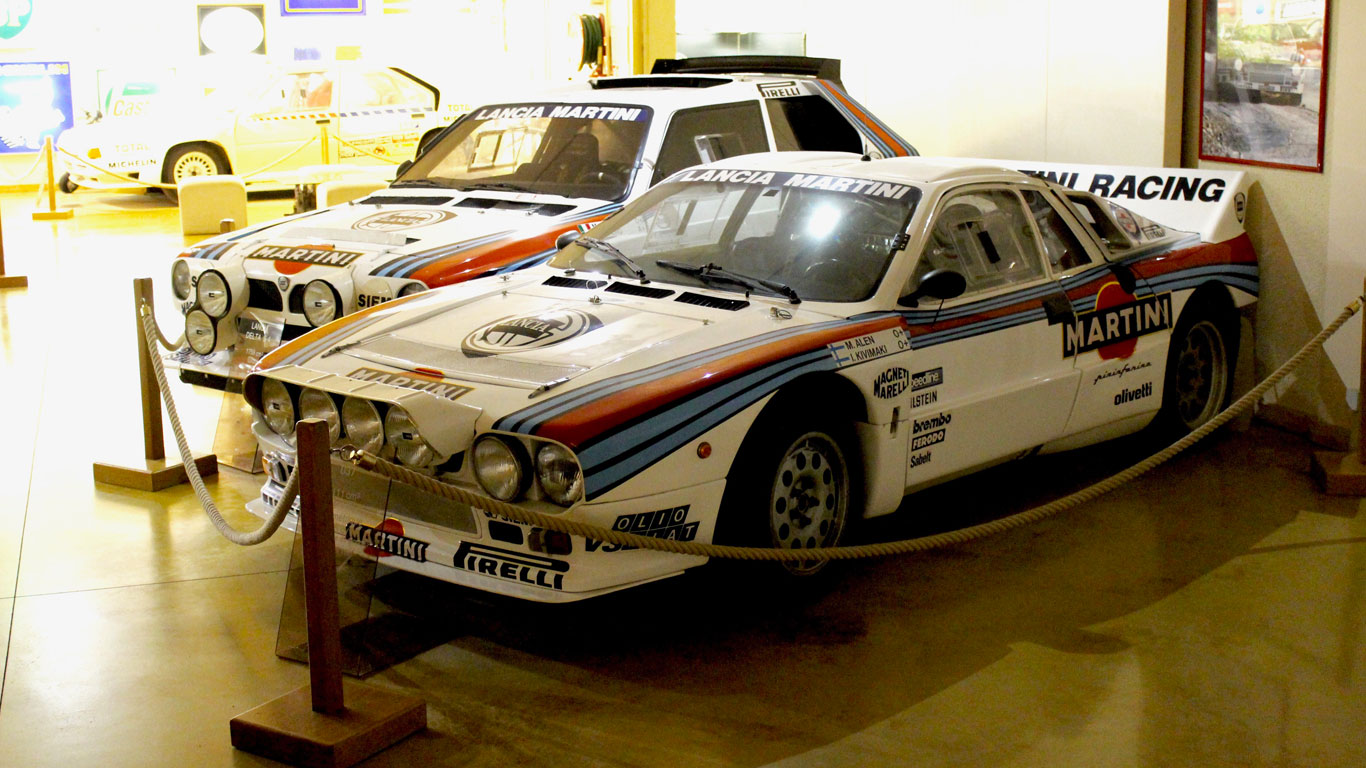
It’s a Martini Racing overload, with Markku Alén’s Lancia 037 and a Lancia Delta S4 behind it. Count the spotlamps!
Alén and Lancia were joined at the hip throughout the 1980s, with often spectacular results.
Renault 5 Maxi Turbo
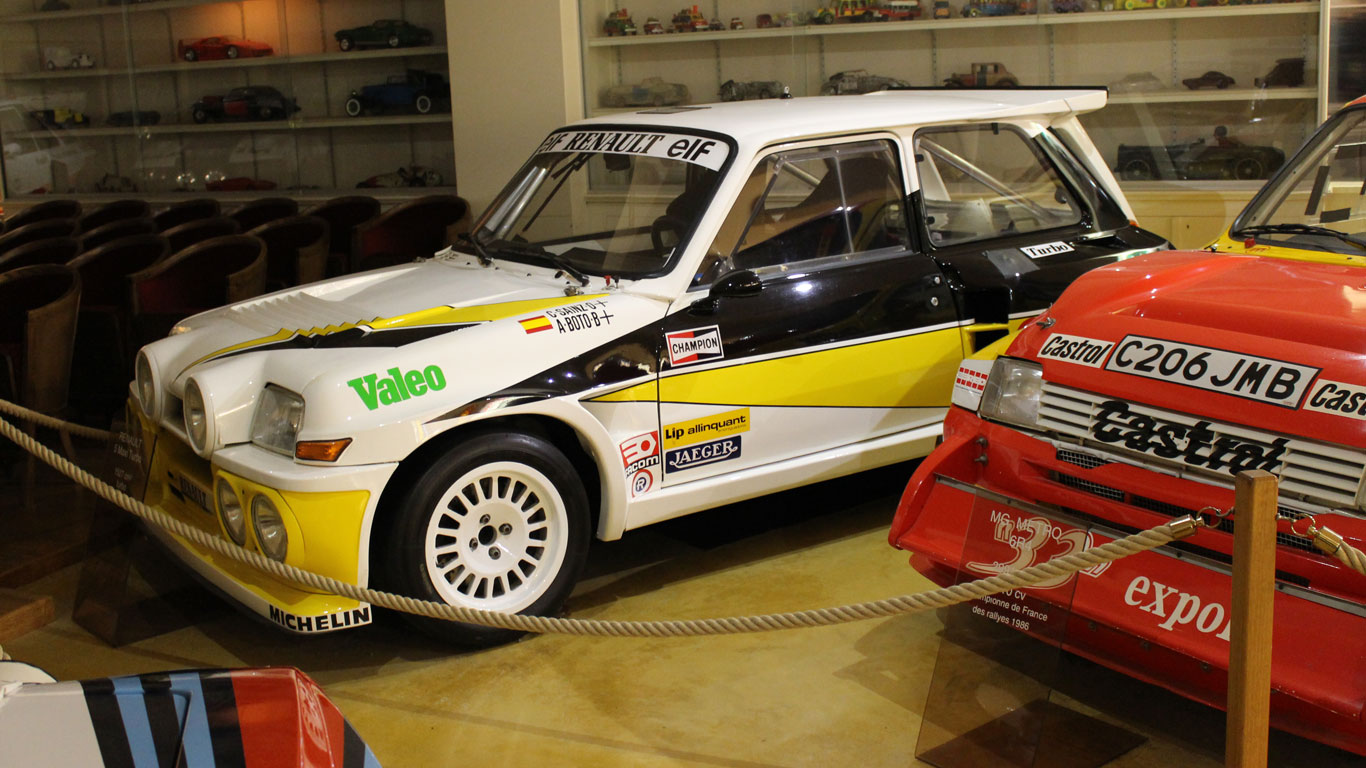
In 1986, Carlos Sainz and Antonio Boto finished second in the Spanish Rally Championship in this Renault 5 Maxi Turbo.
Check out the numerous videos on YouTube to see this mid-engined hot hatchback in action.
MG Metro 6R4
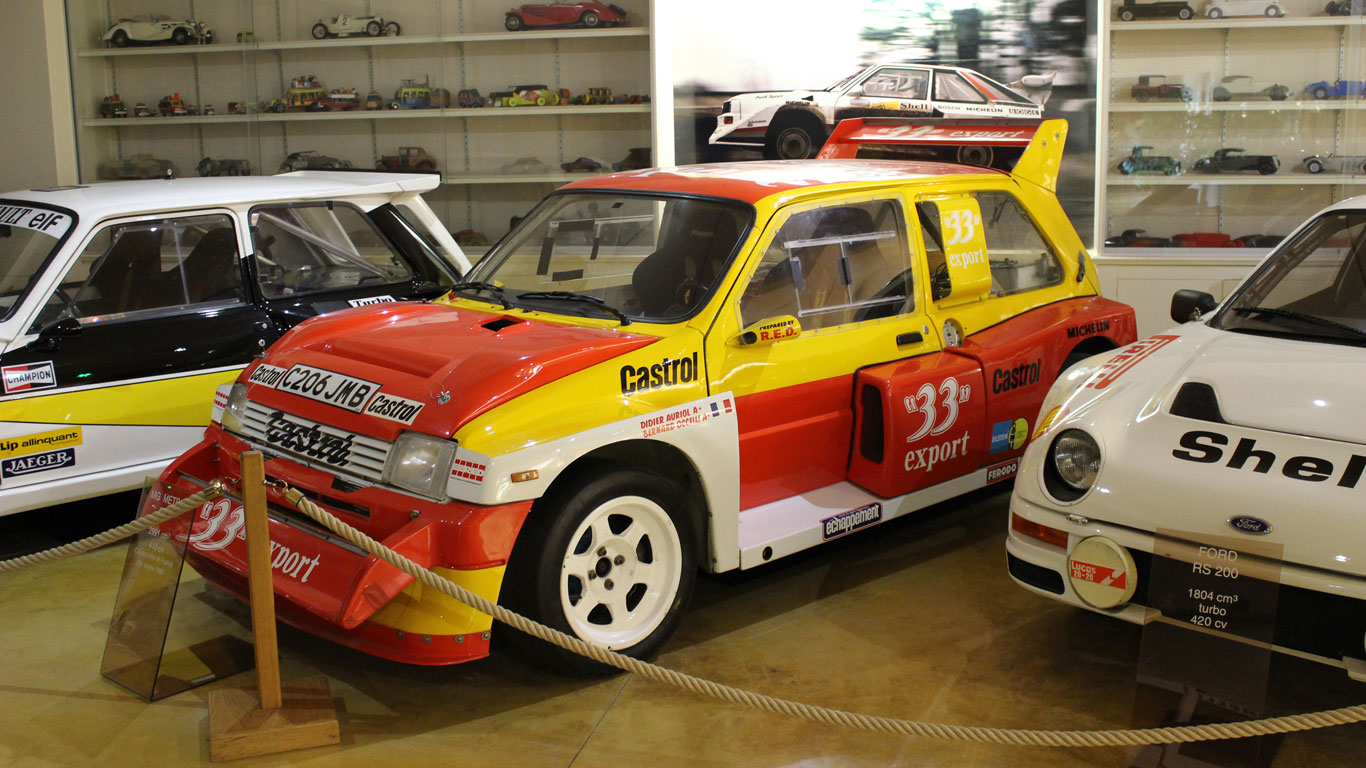
Another hot hatchback with its engine in the back, the MG Metro 6R4 was arguably even more extreme. That bodykit still looks like something from Max Power magazine.
In 1986, Didier Auriol won the French National Championship in this very car.
Ford RS200
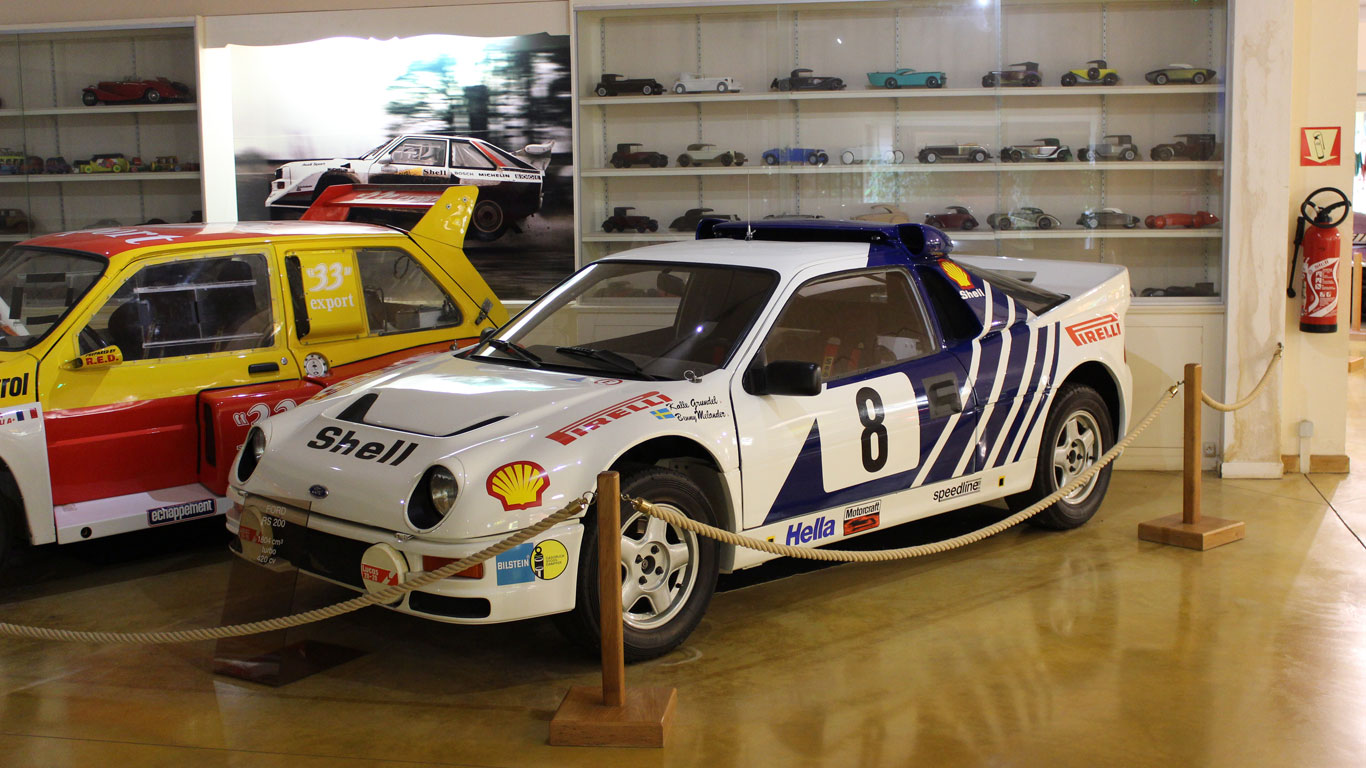
Kalle Grundel drove this Ford RS200 to third place in the 1986 Swedish Rally, his best ever Group B finish.
Powered by a Cosworth-tuned engine developing up to 450hp, the RS200 was also available as a road car. We want one.
Peugeot 205 T16
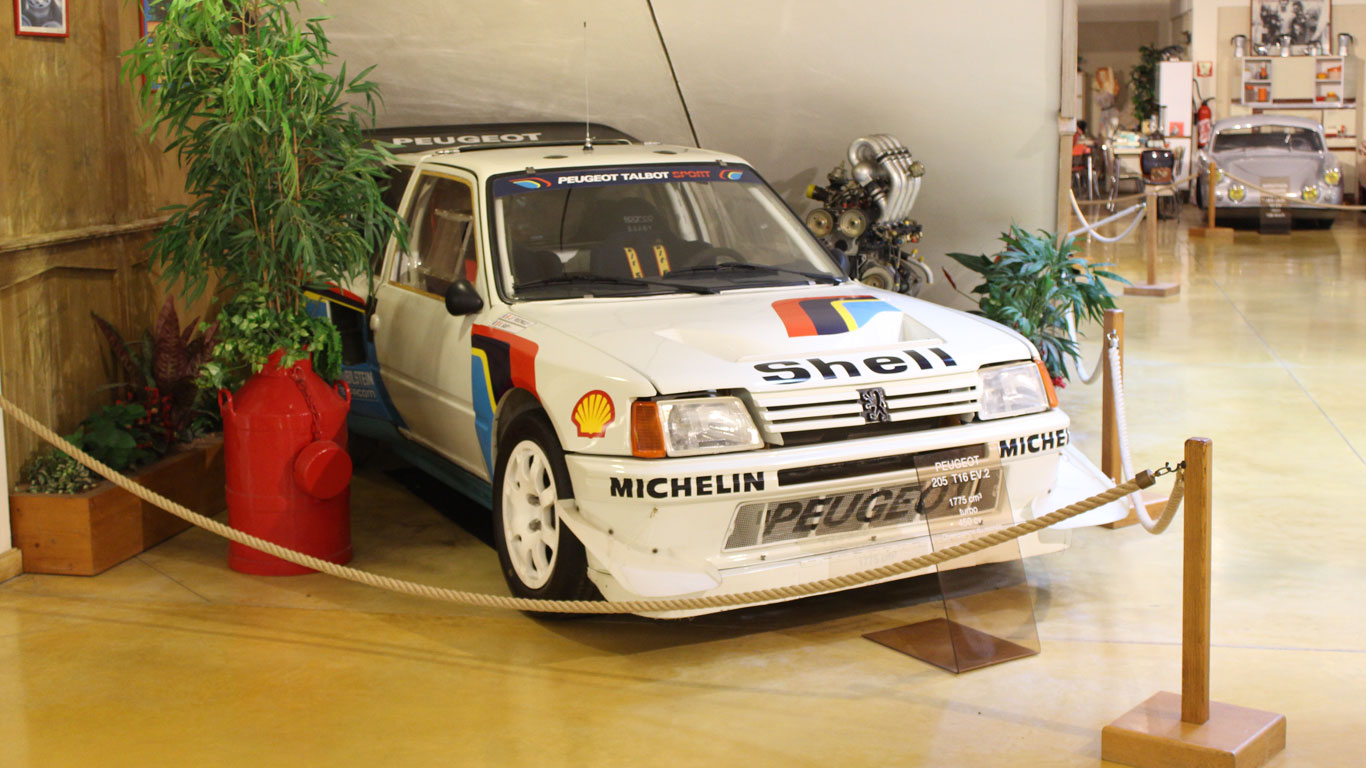
It needs no introduction, does it? The Peugeot 205 T16 won the World Rally Championship in 1985 and 1986.
Le Manoir de L’Automobile also includes halls dedicated to Ferrari, Lamborghini, French cars, Formula 1 and more. Make it a stop-off on your next holiday to France. You won’t be disappointed.
ALSO READ:
1980 Renault 4 GTL review: Retro Road Test

